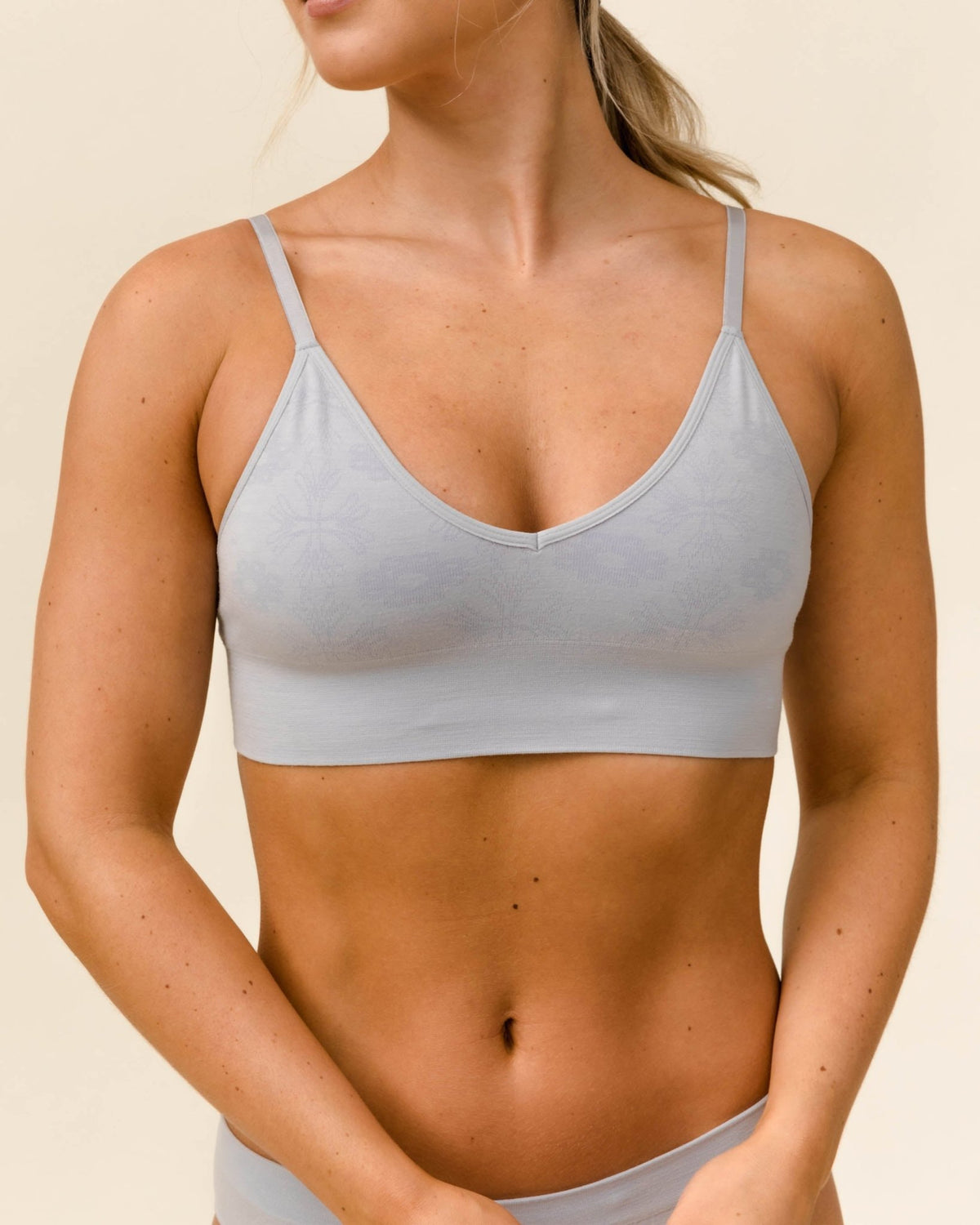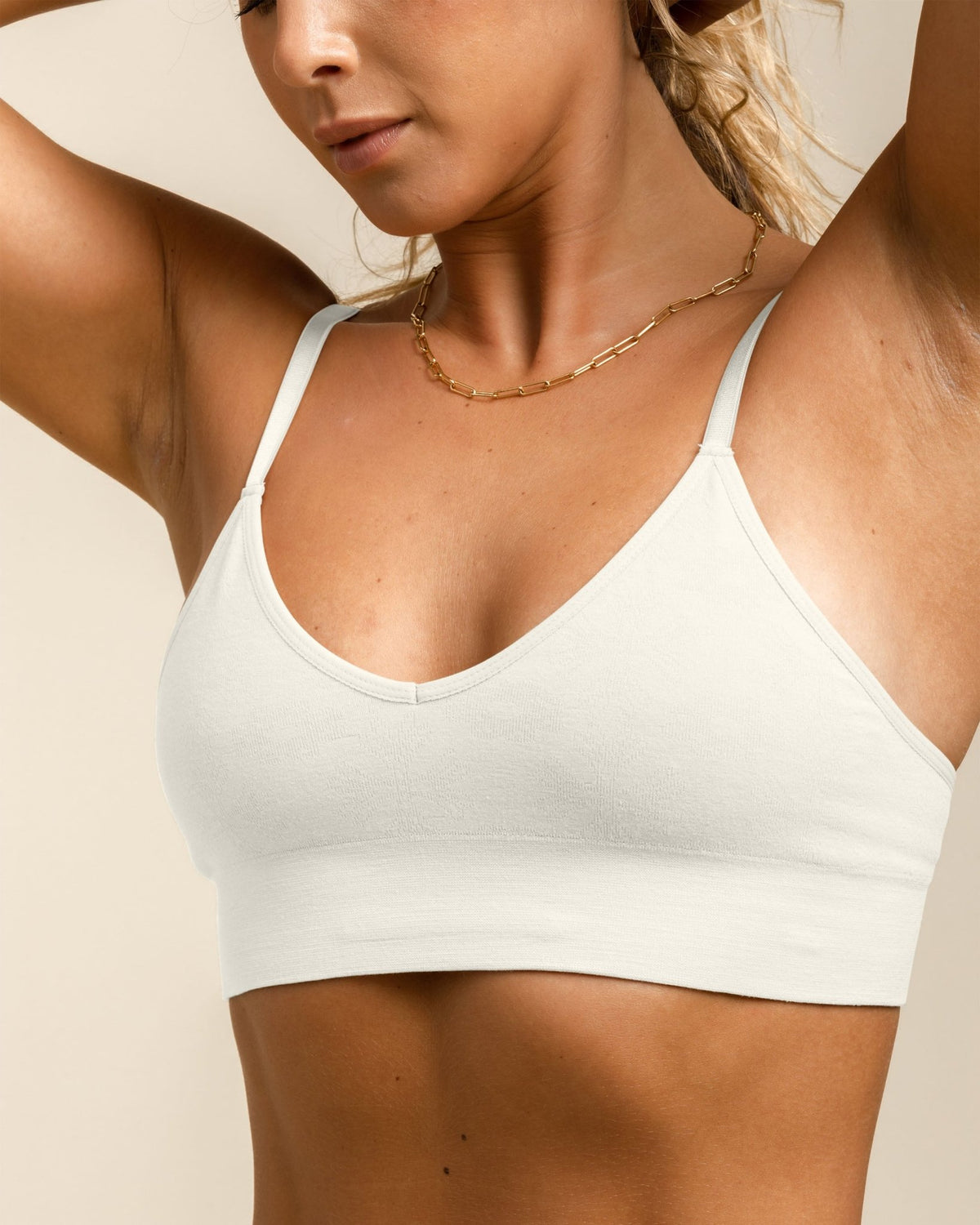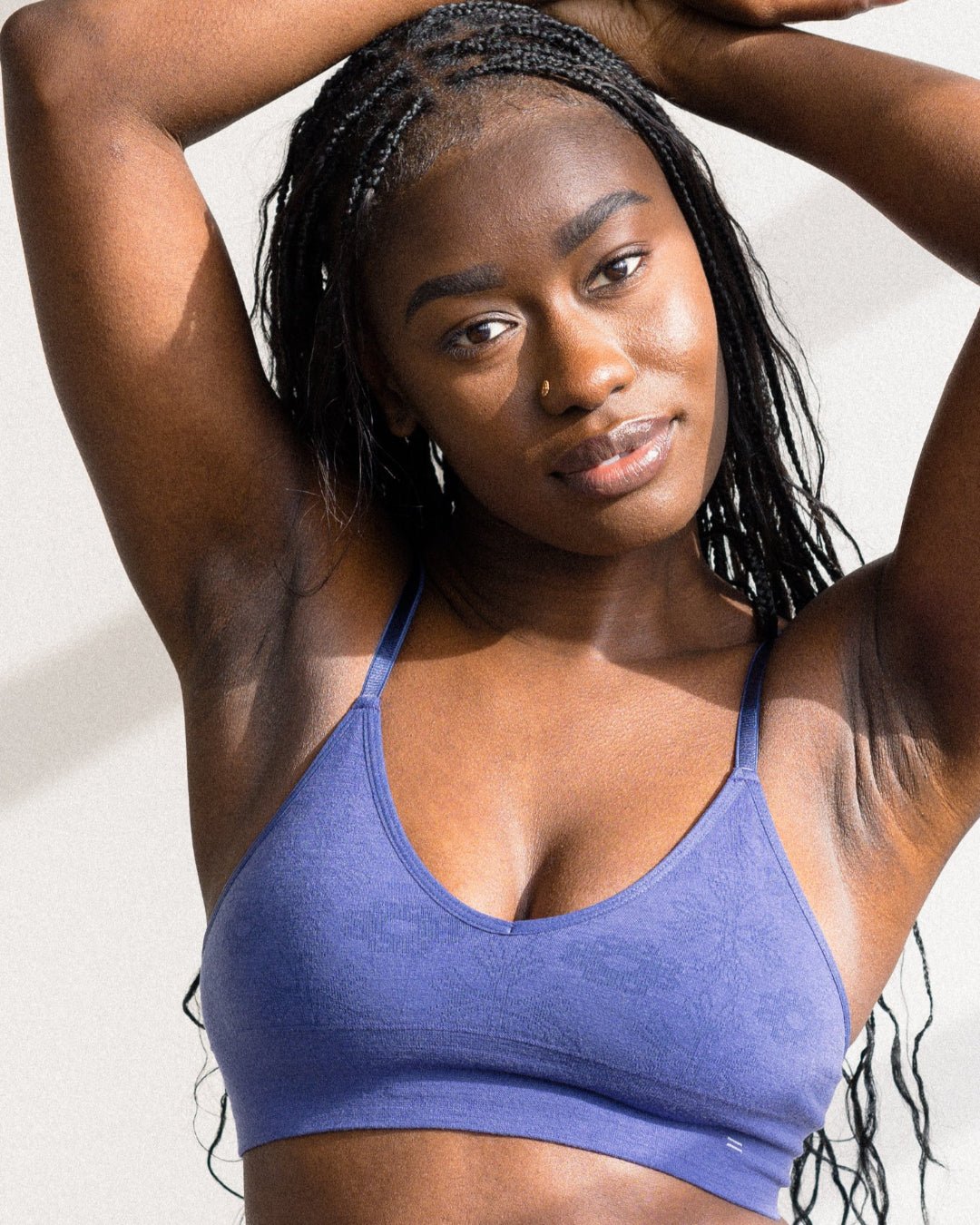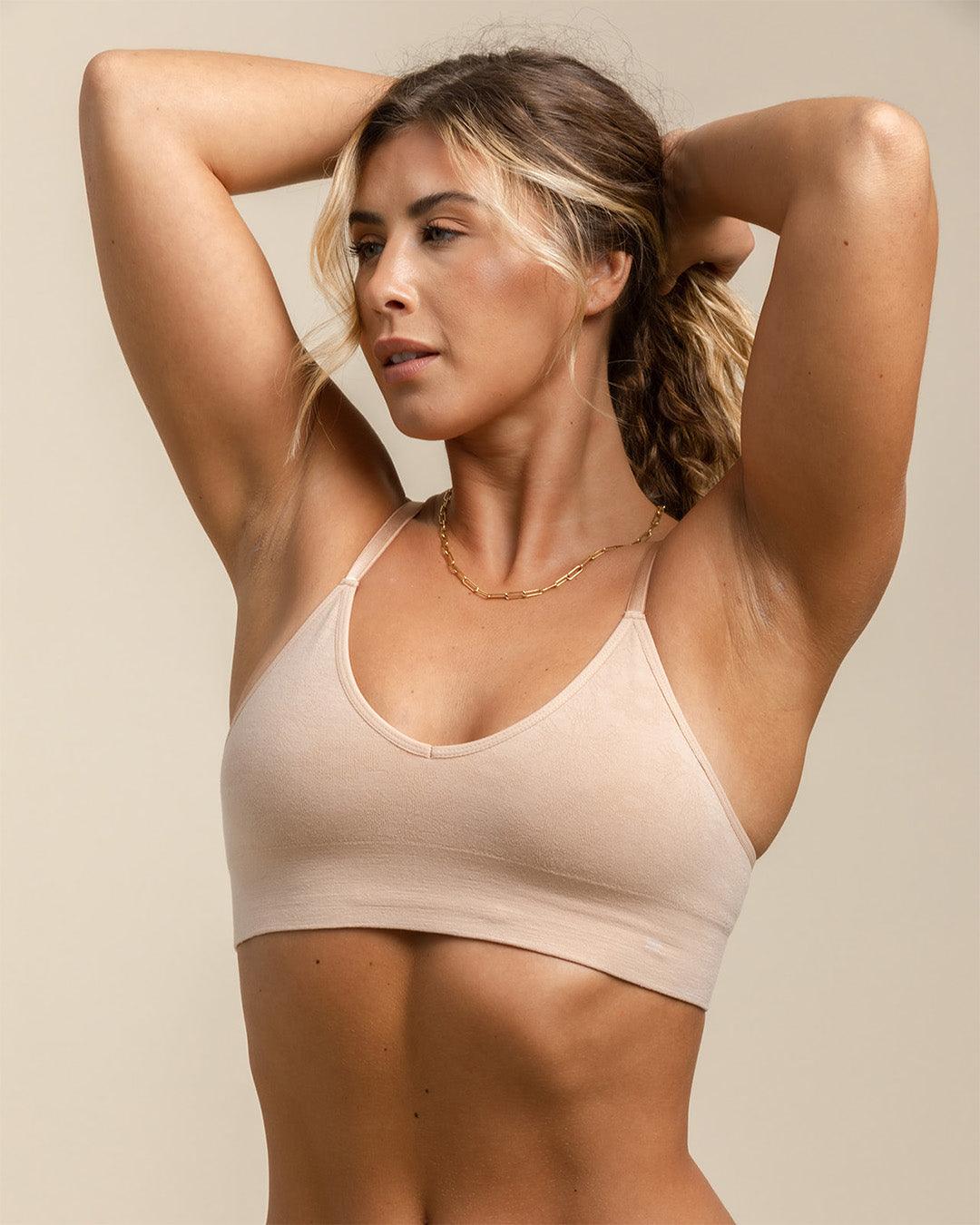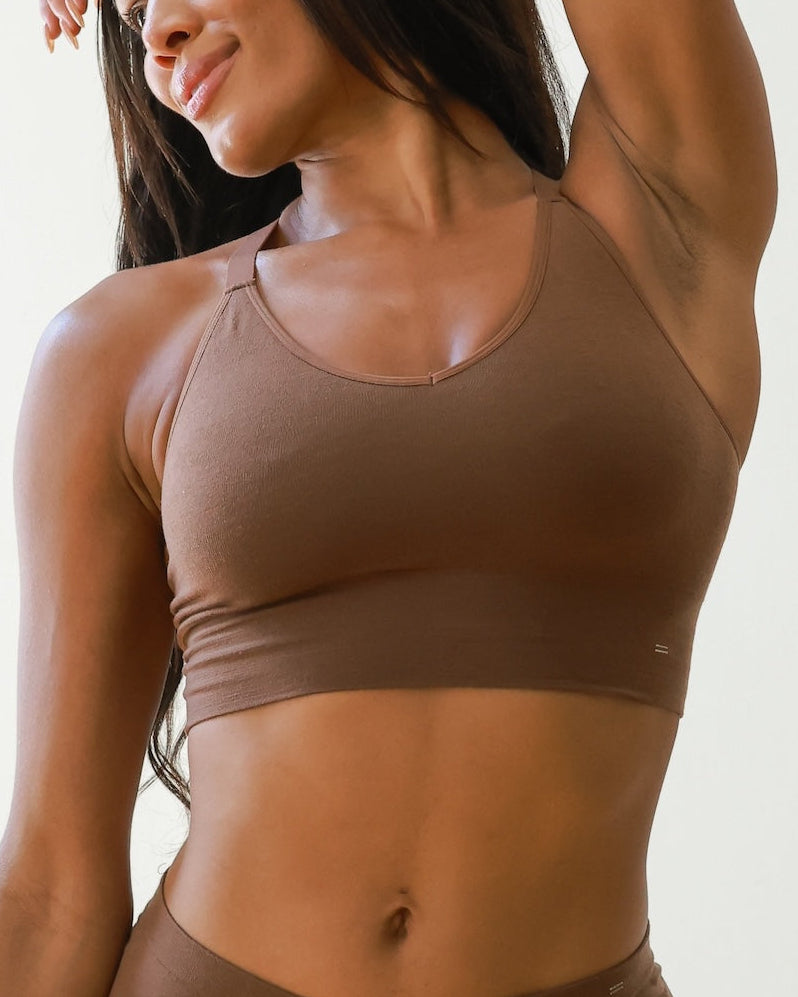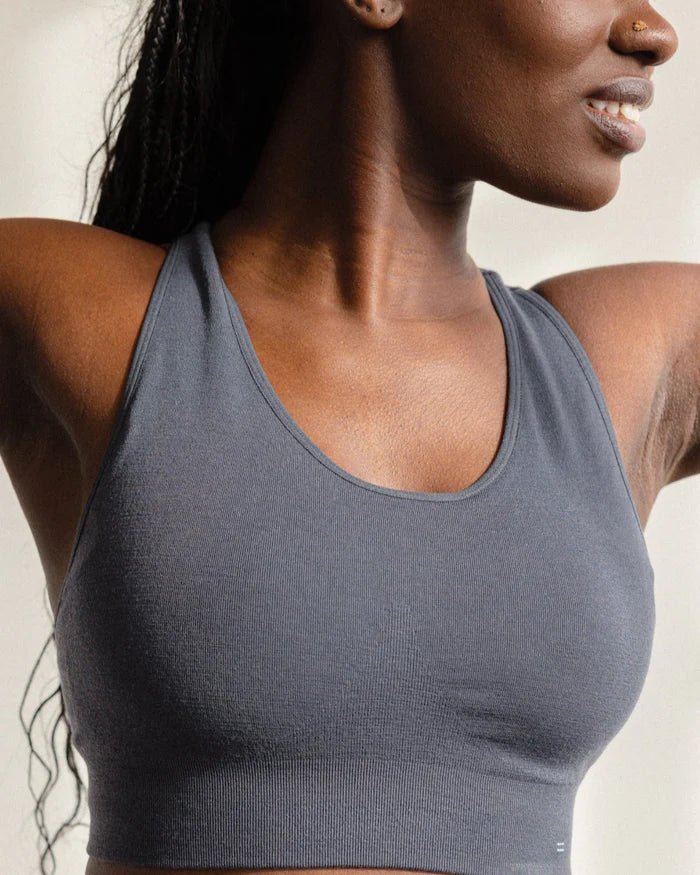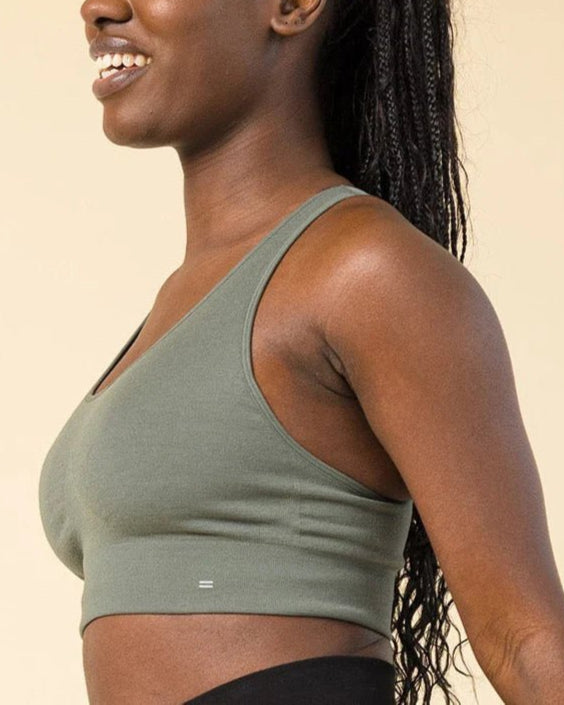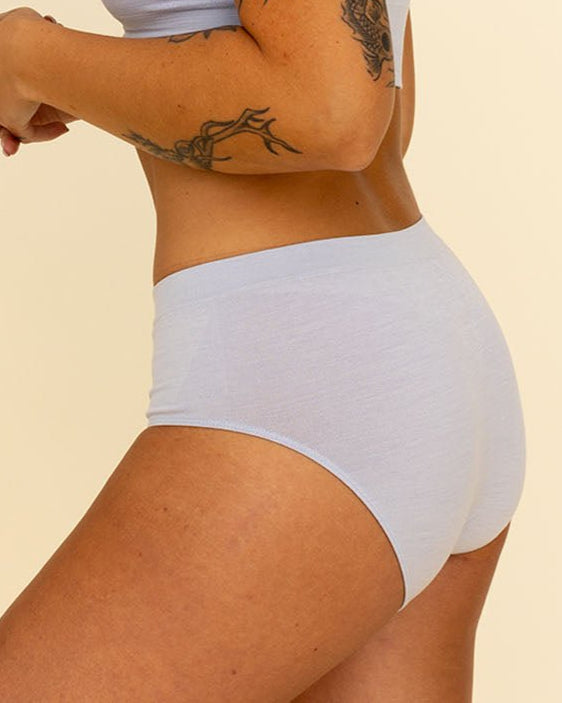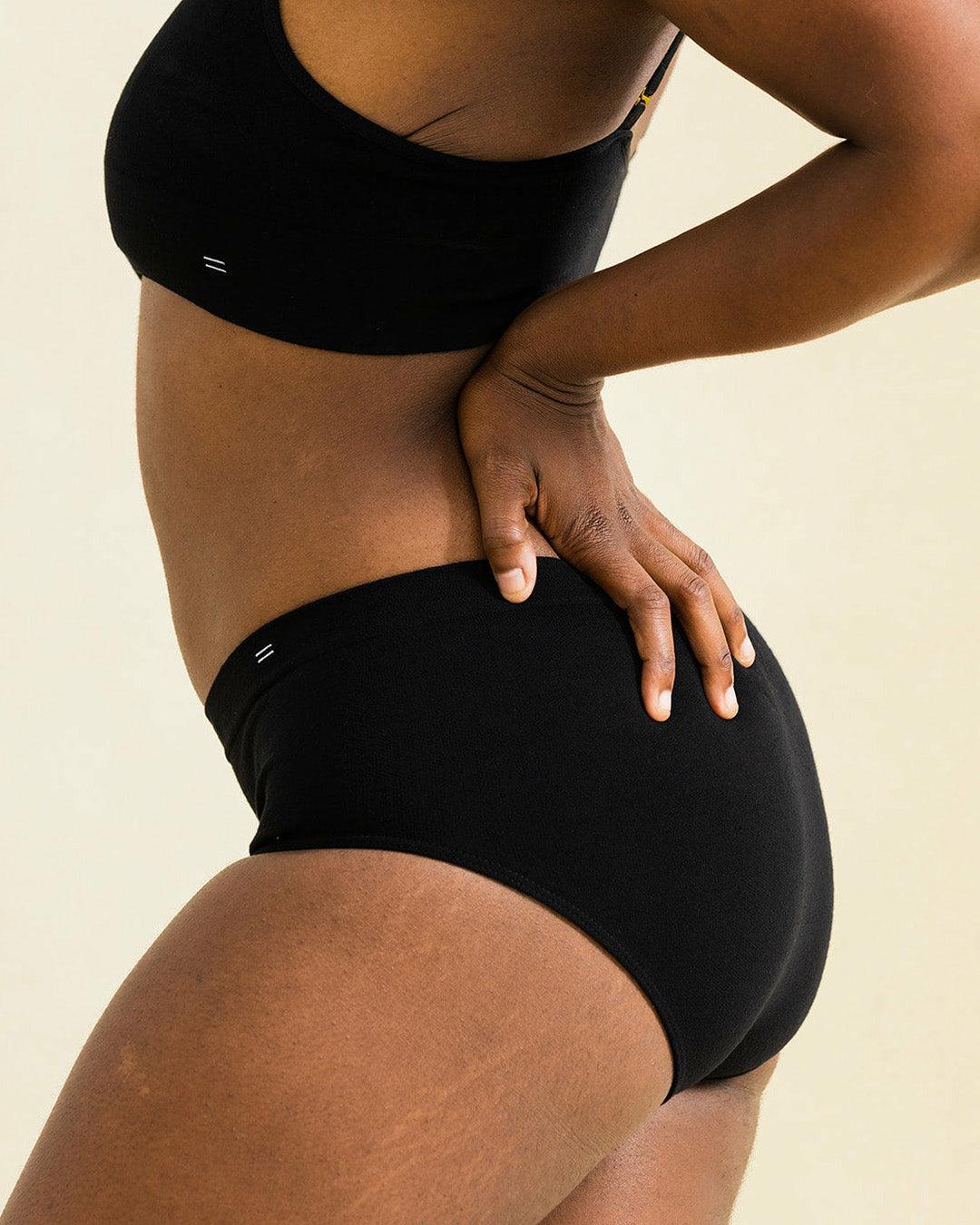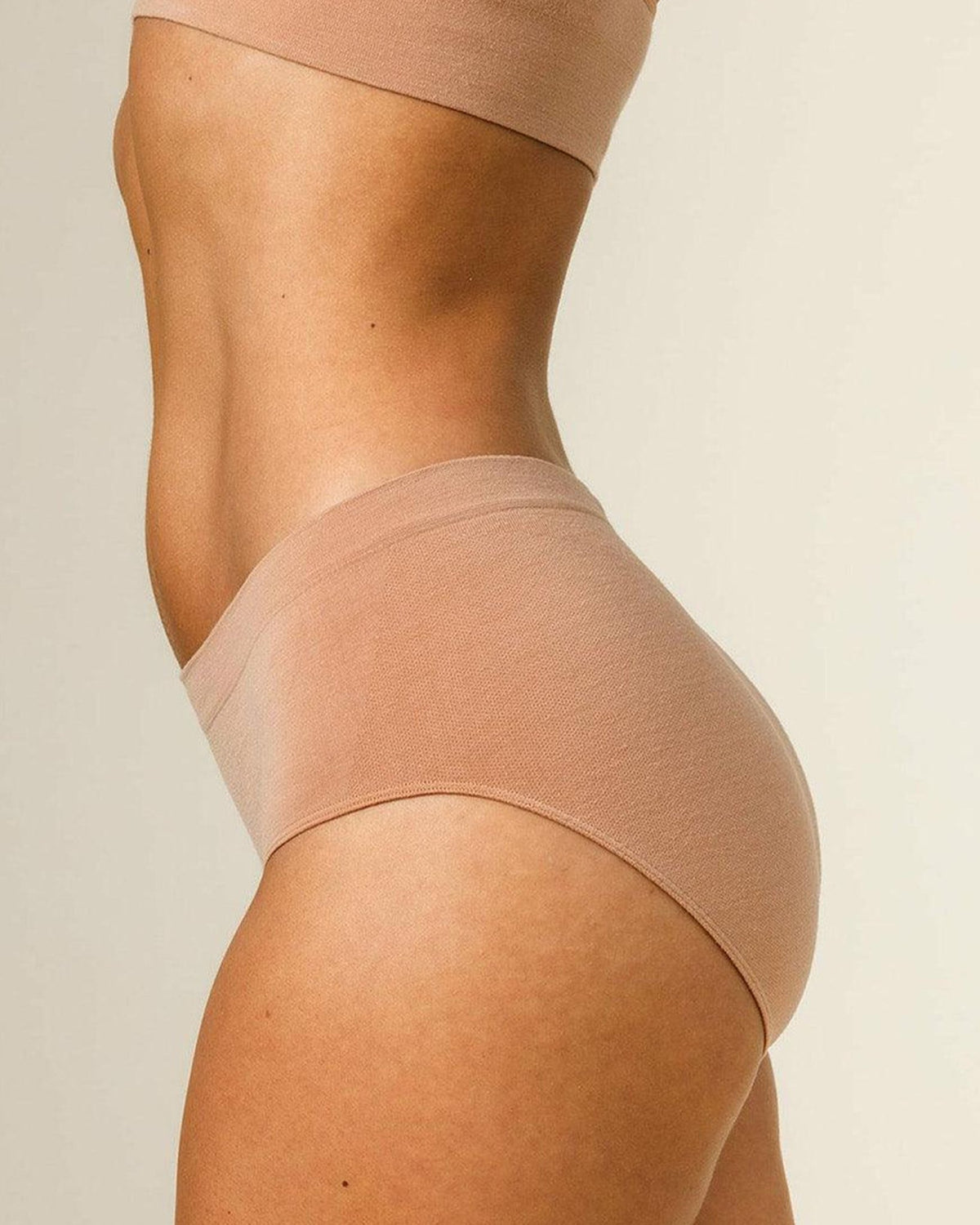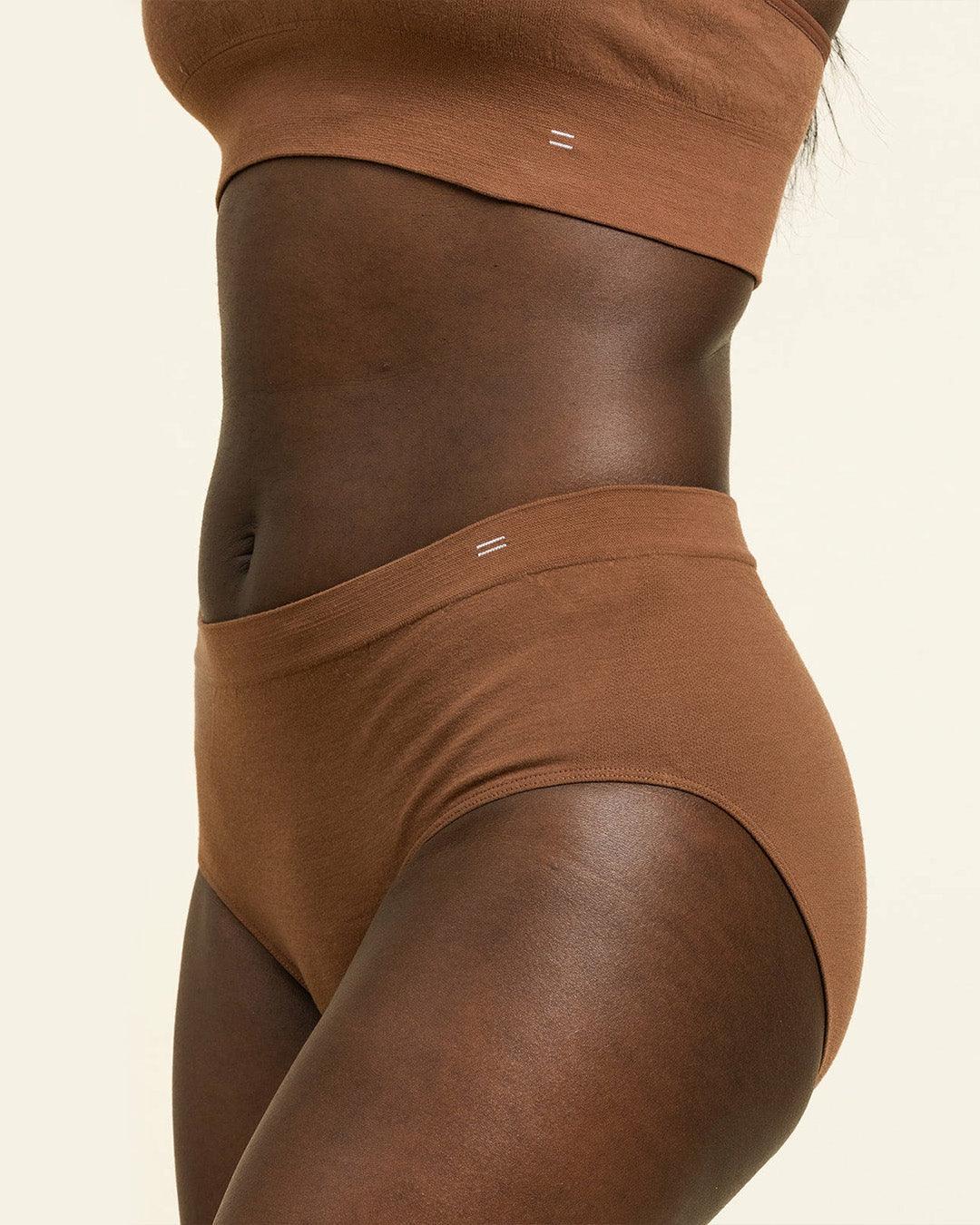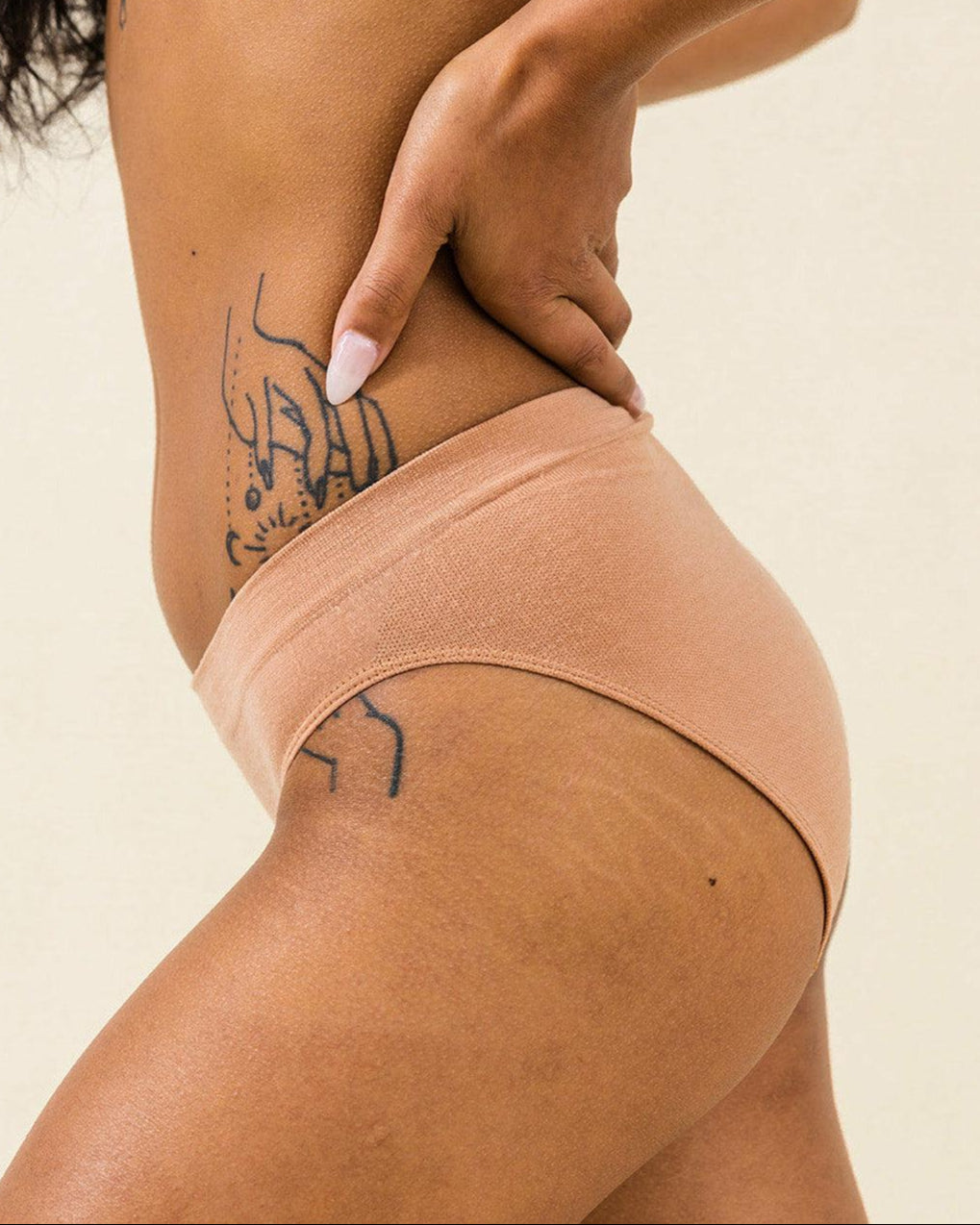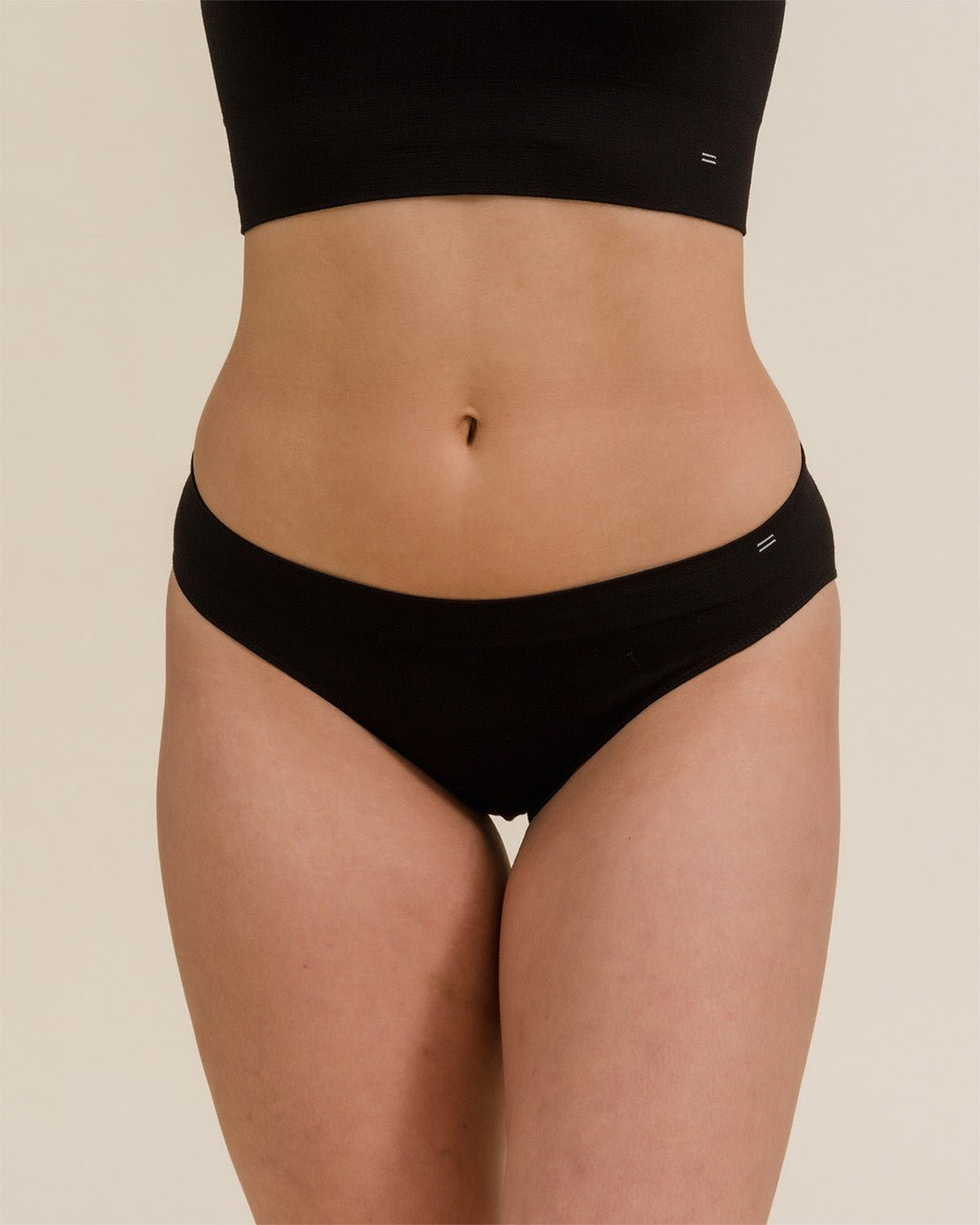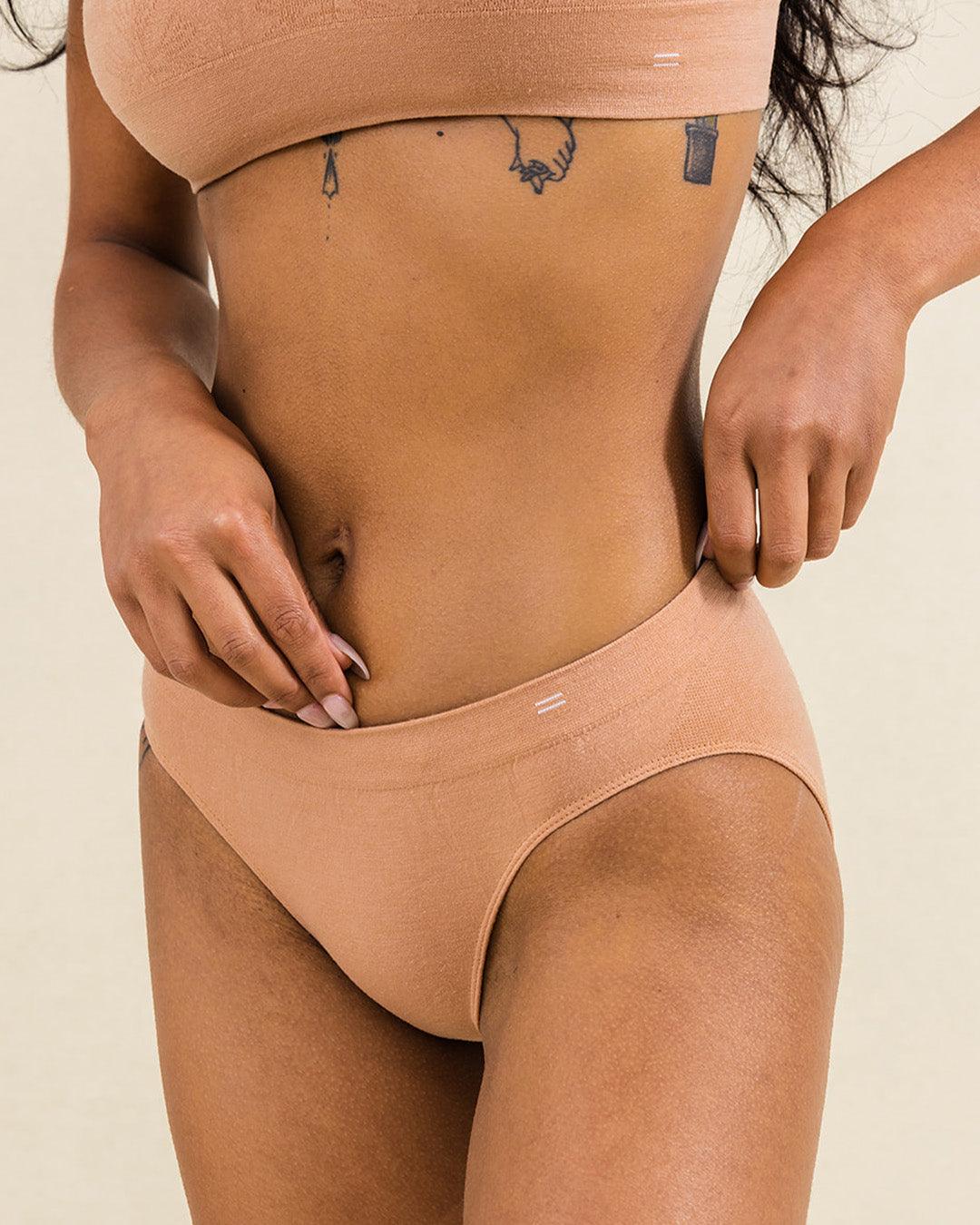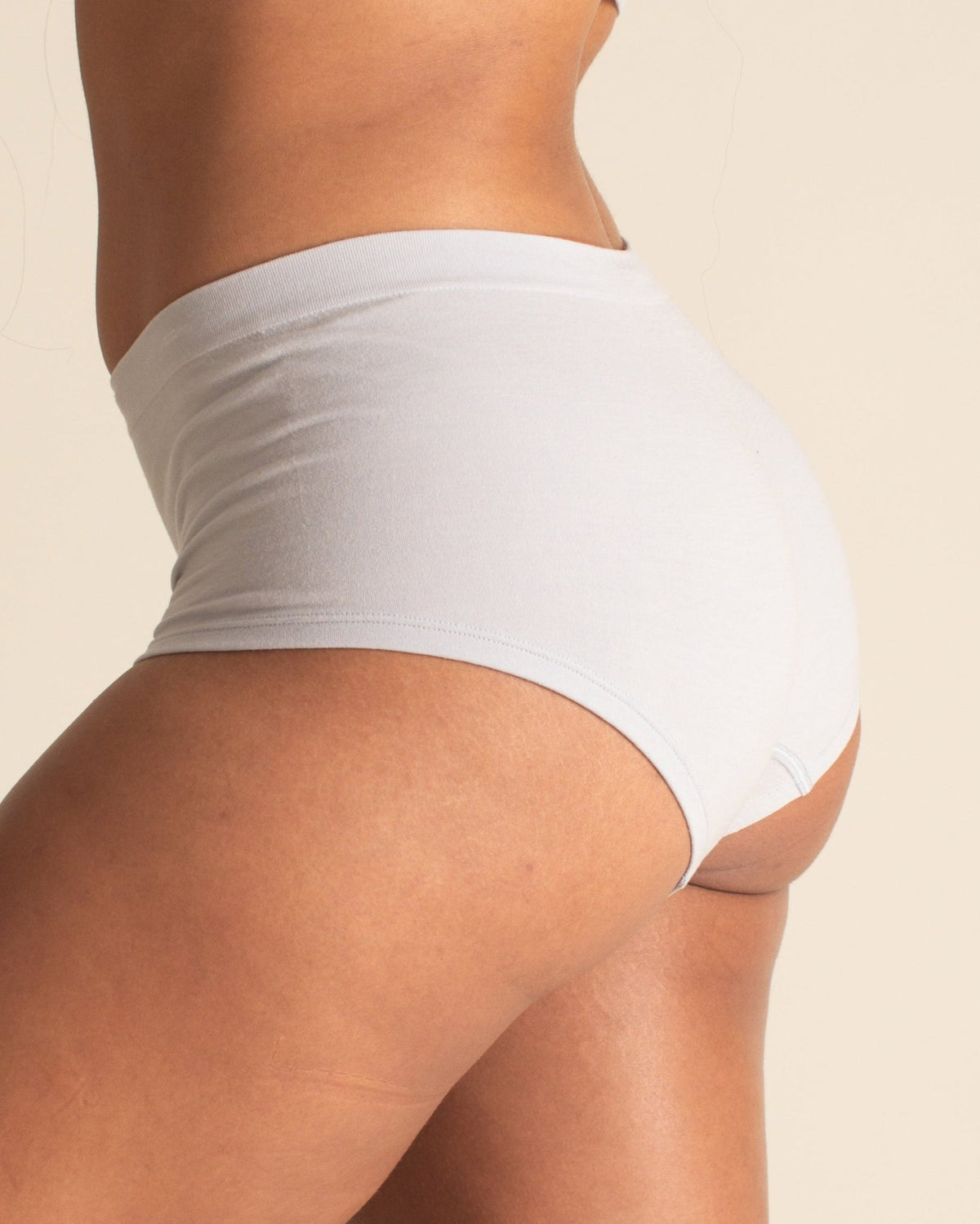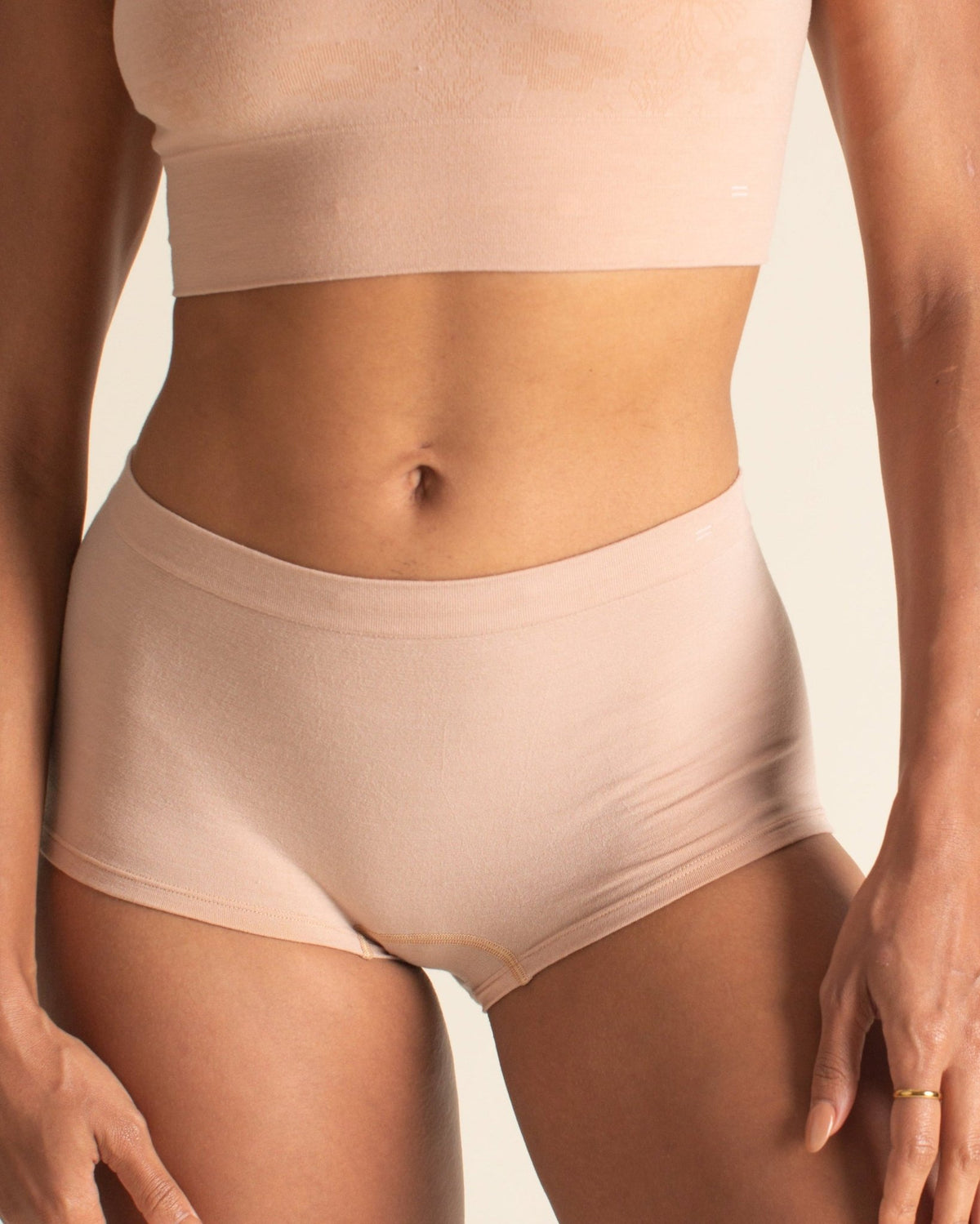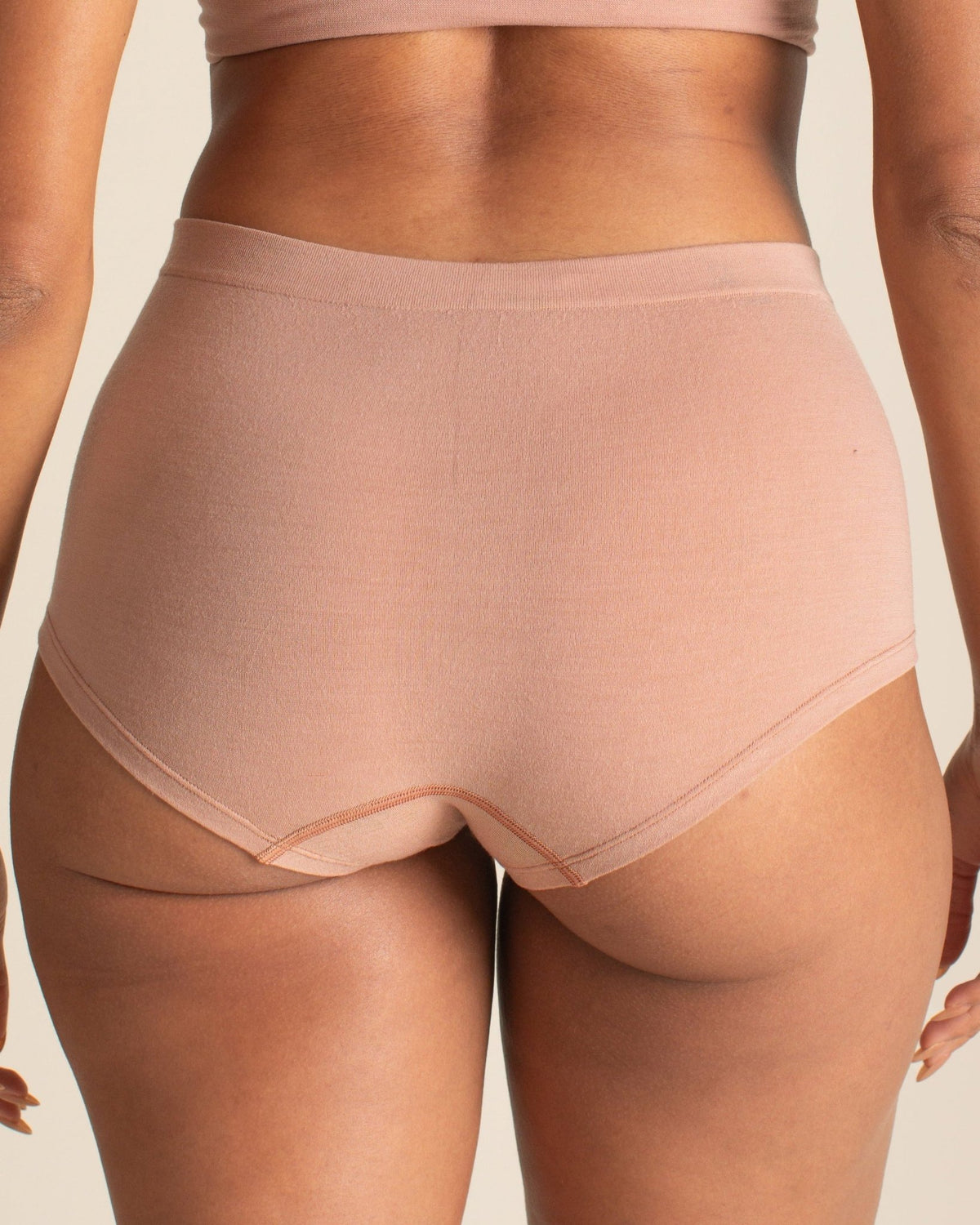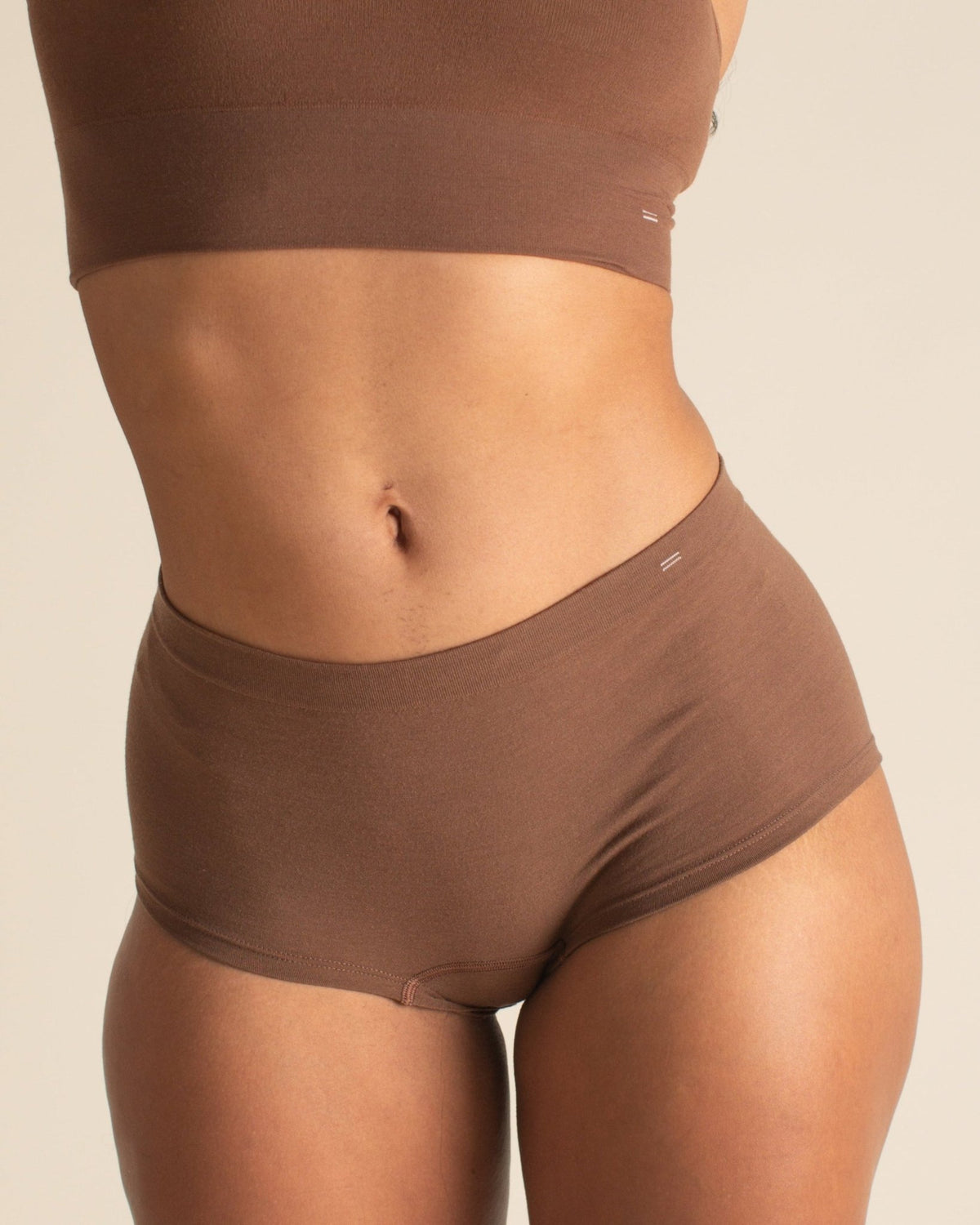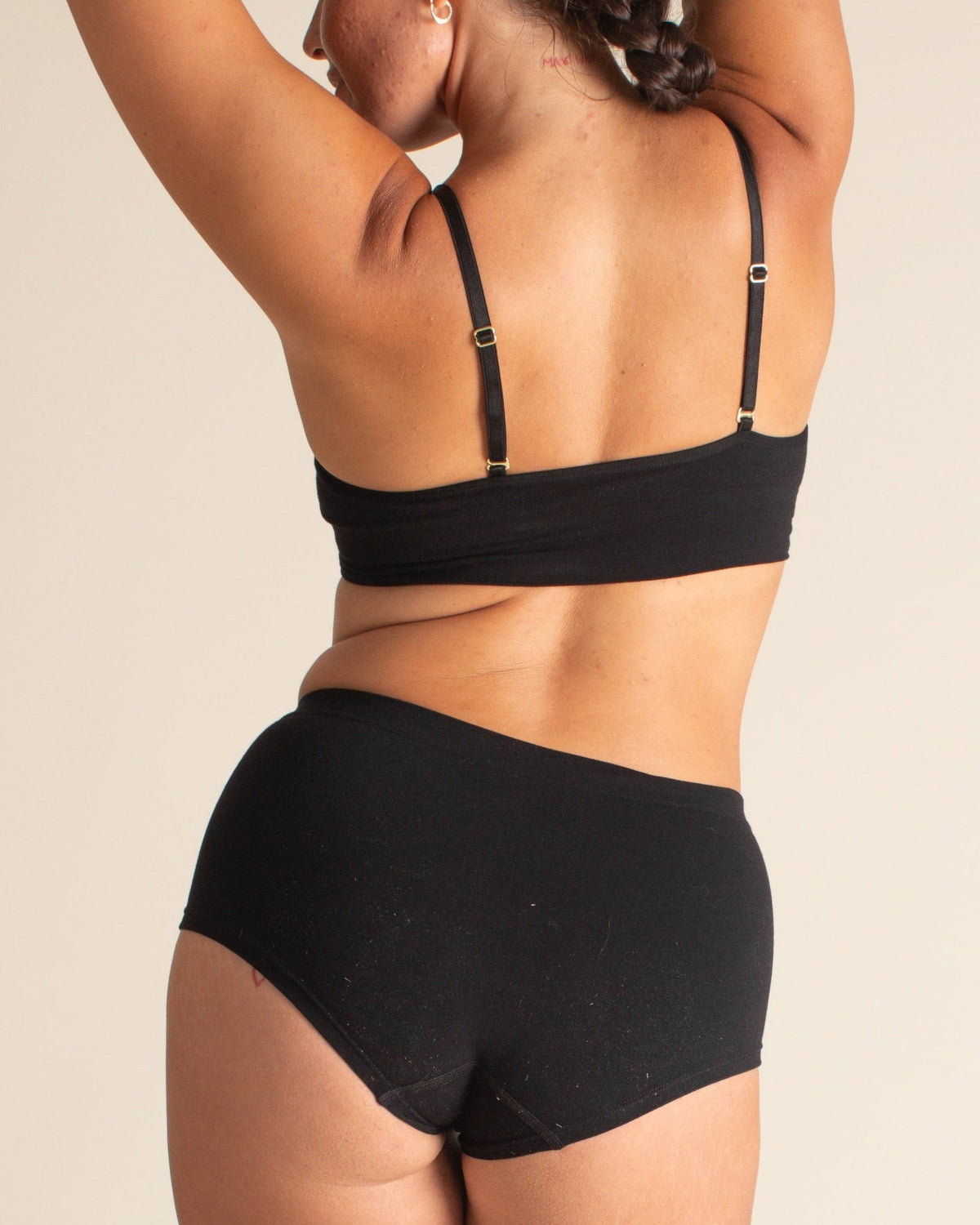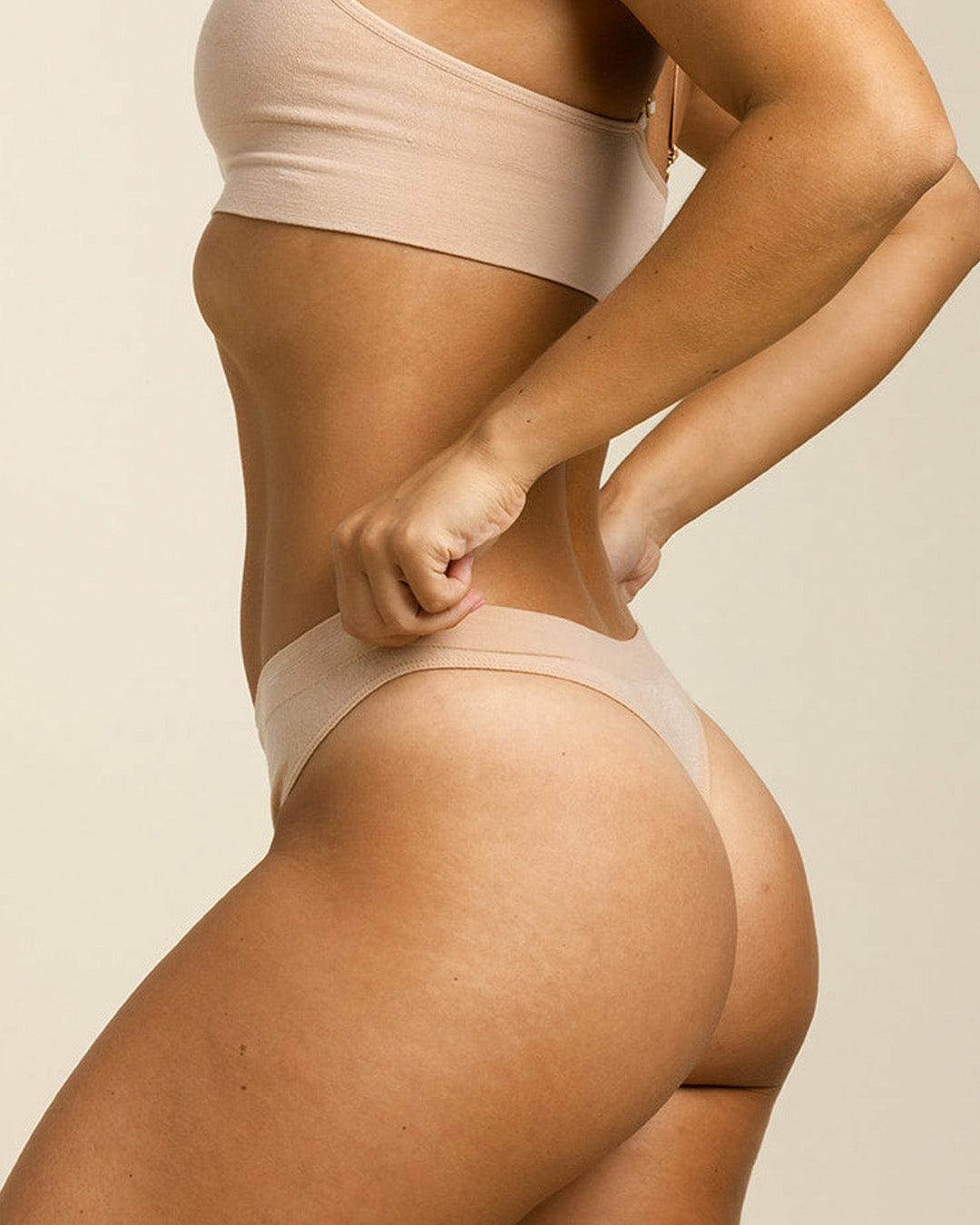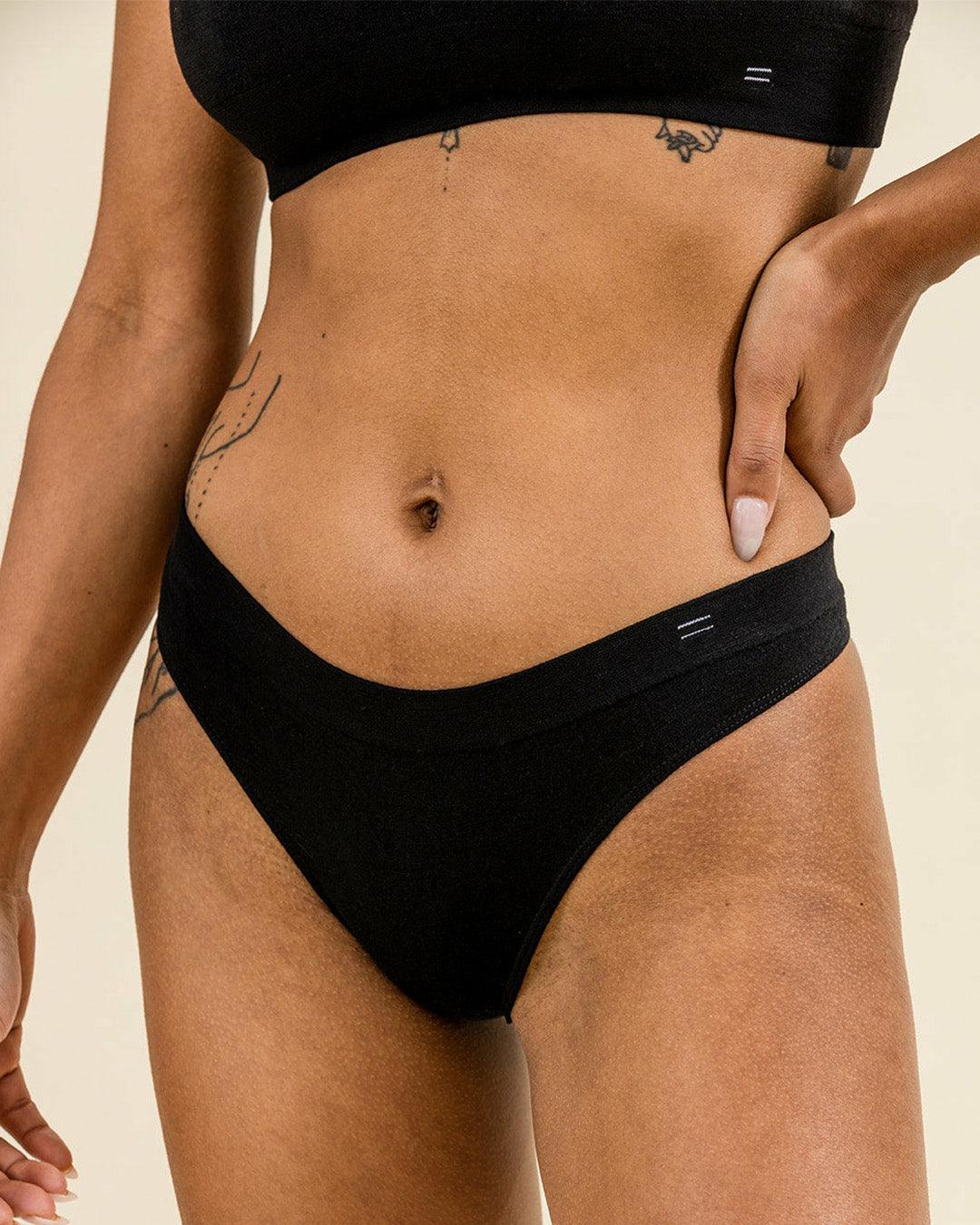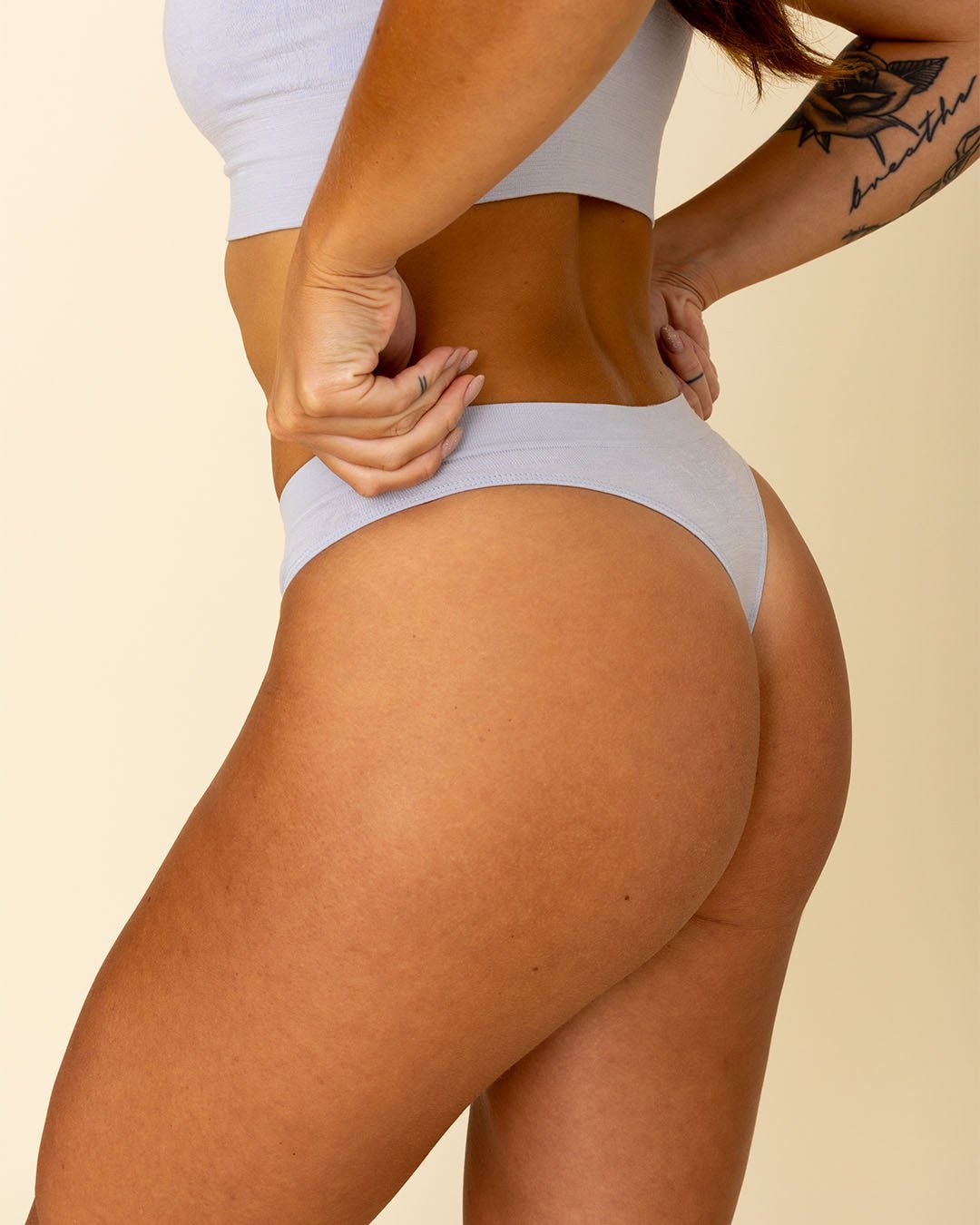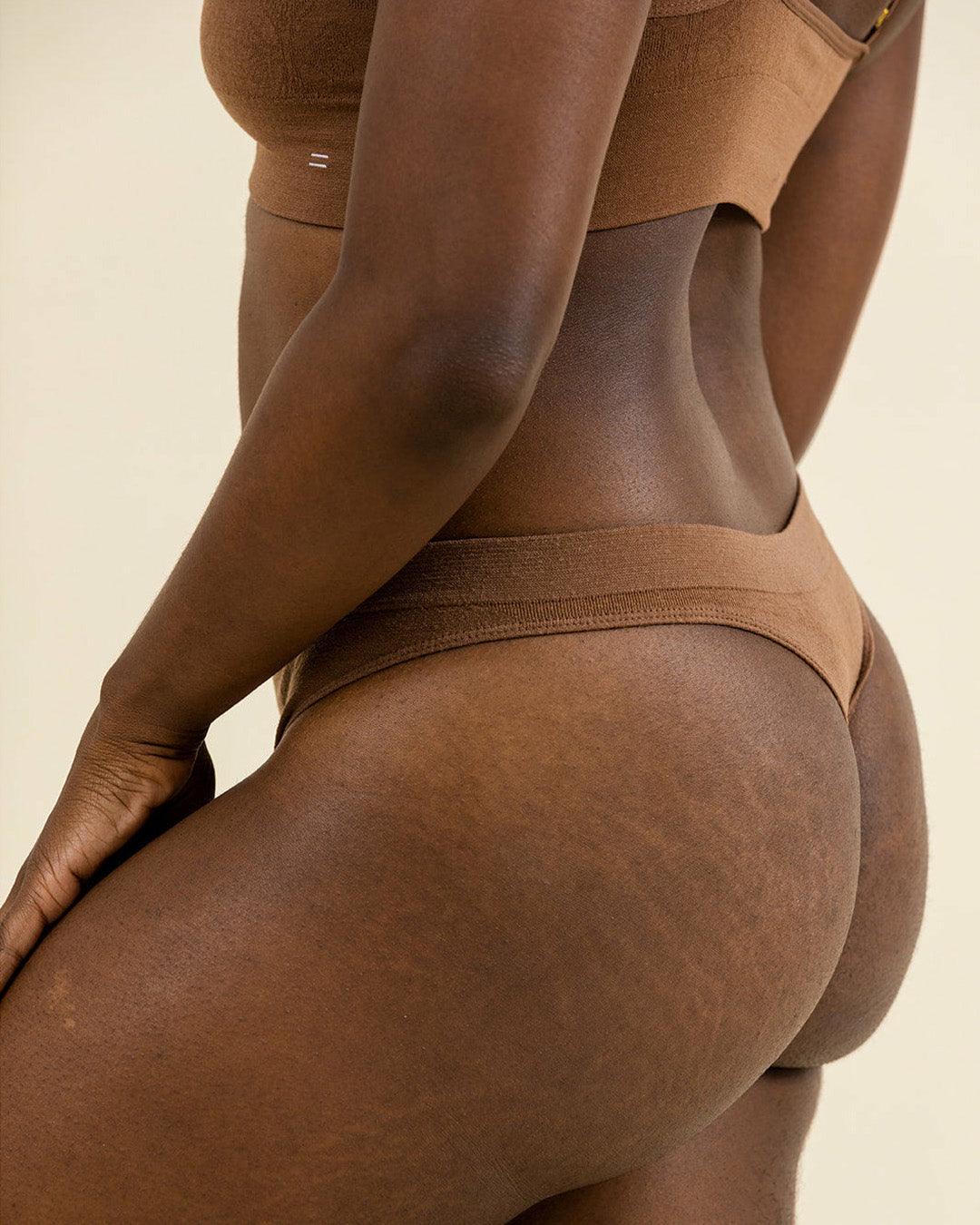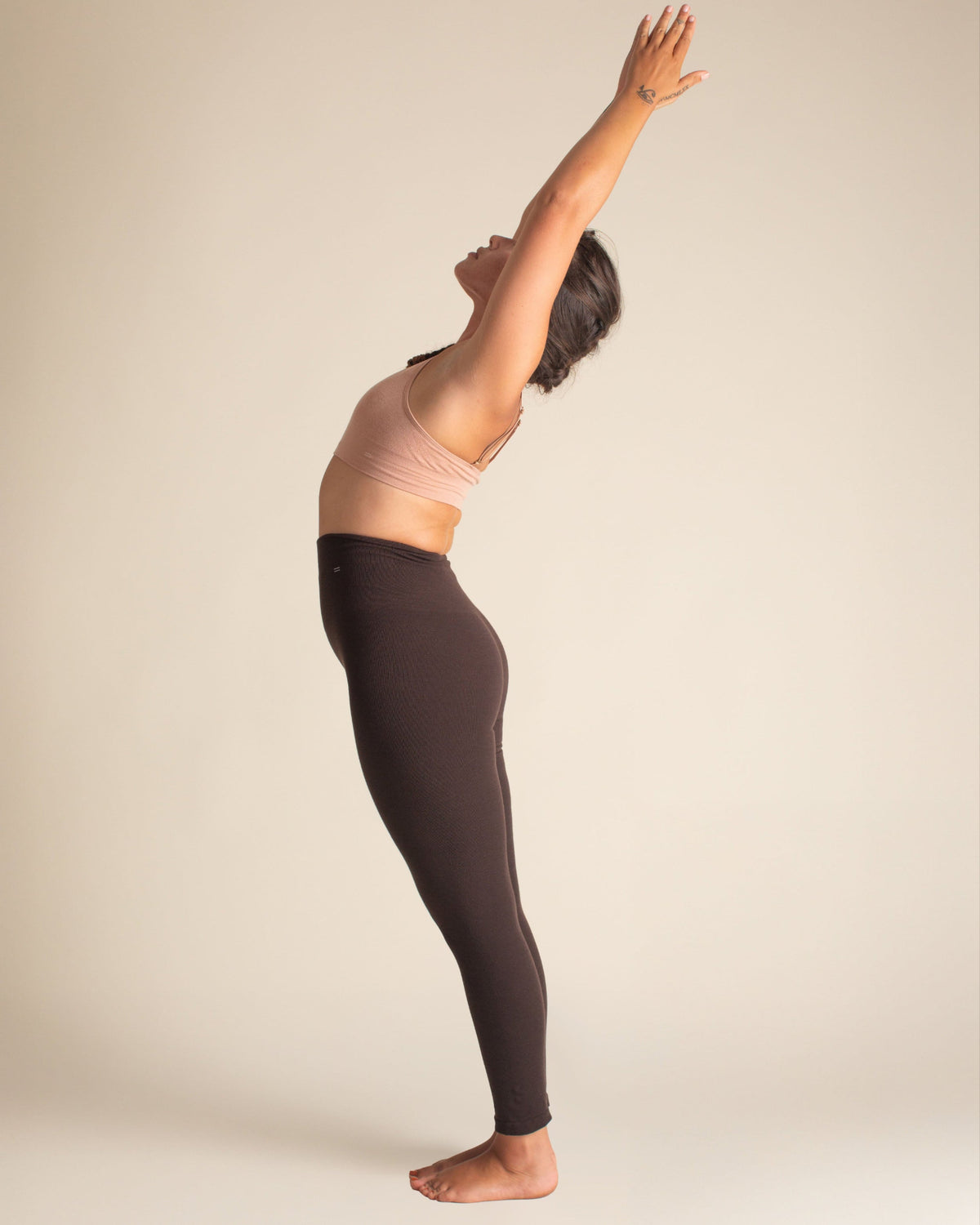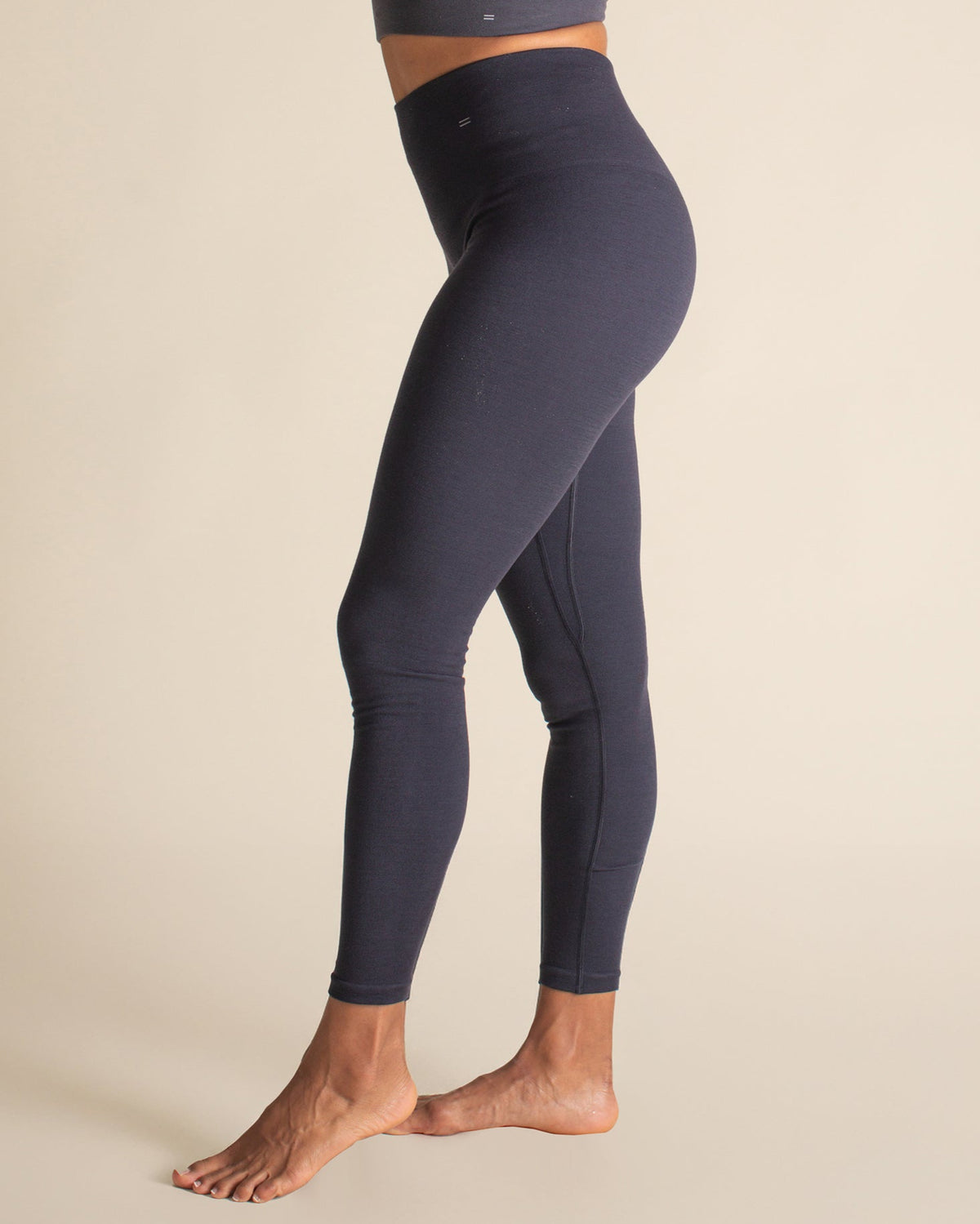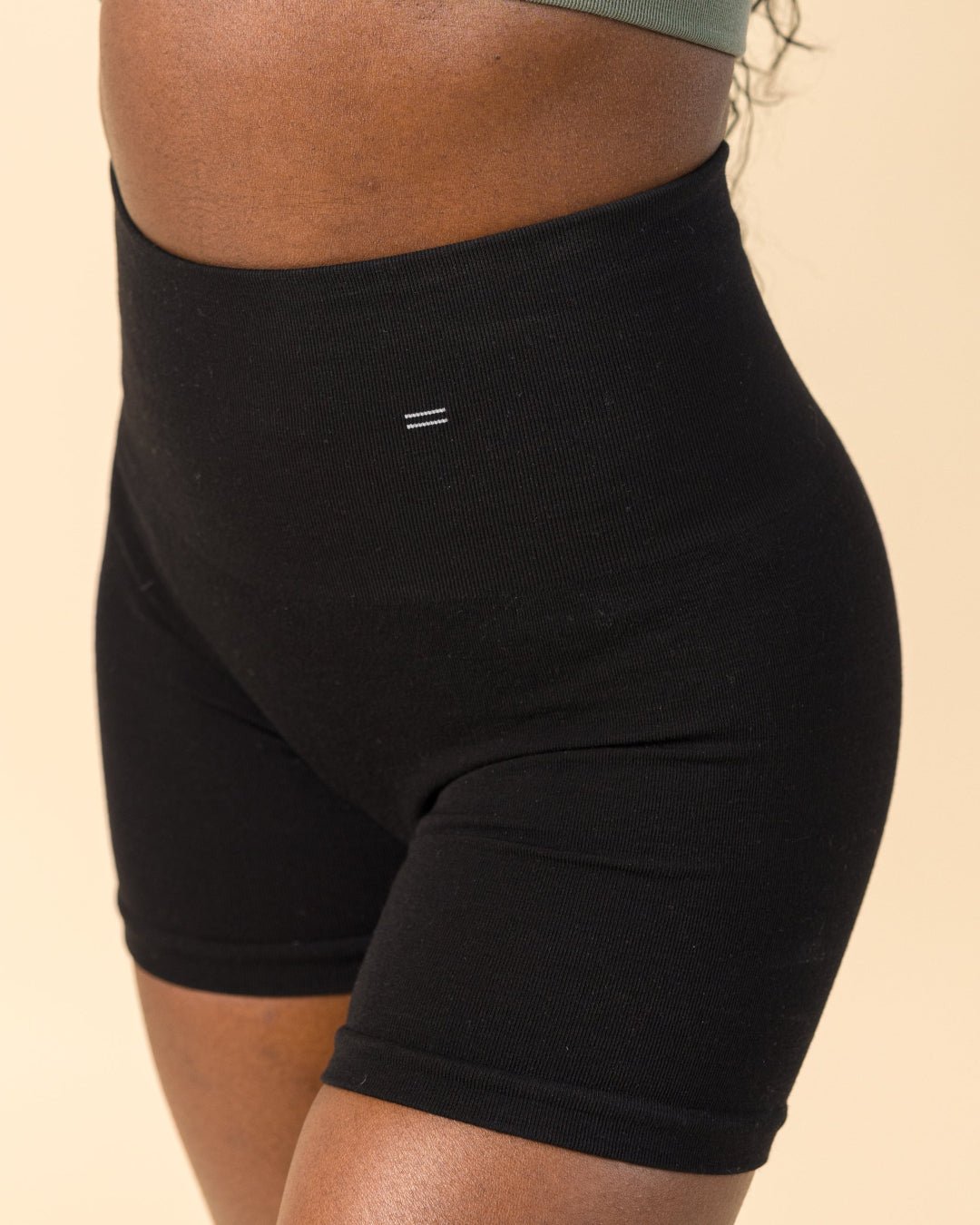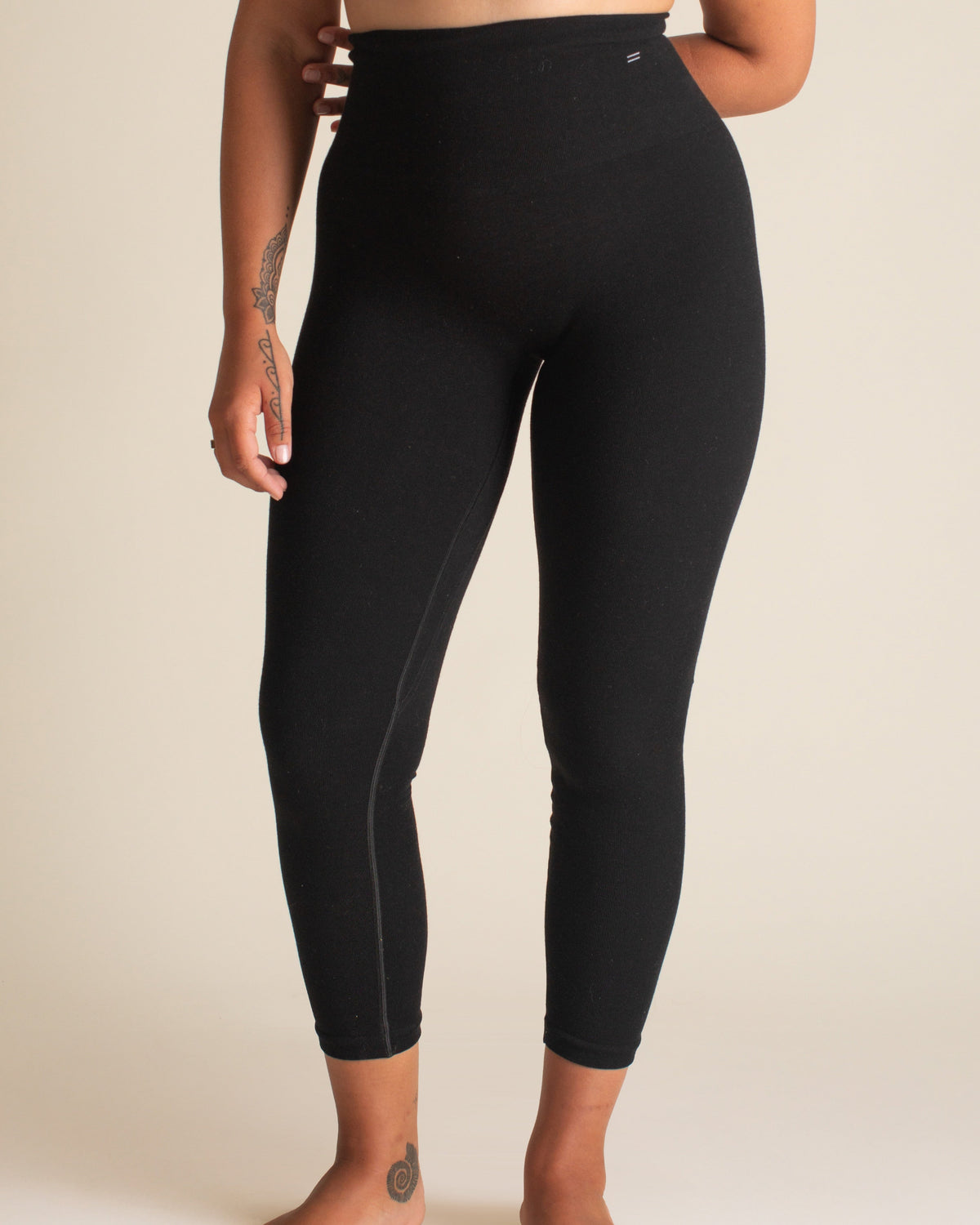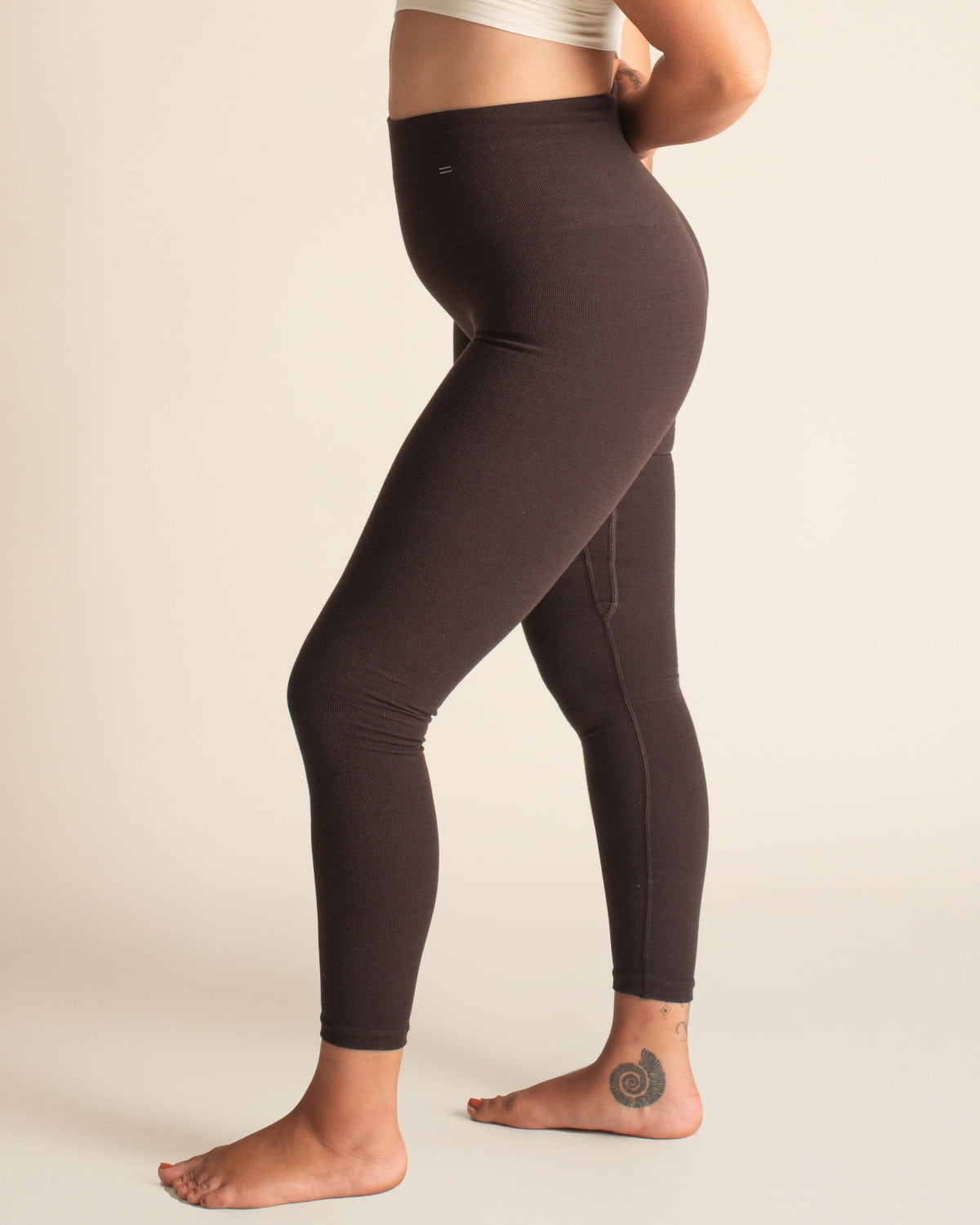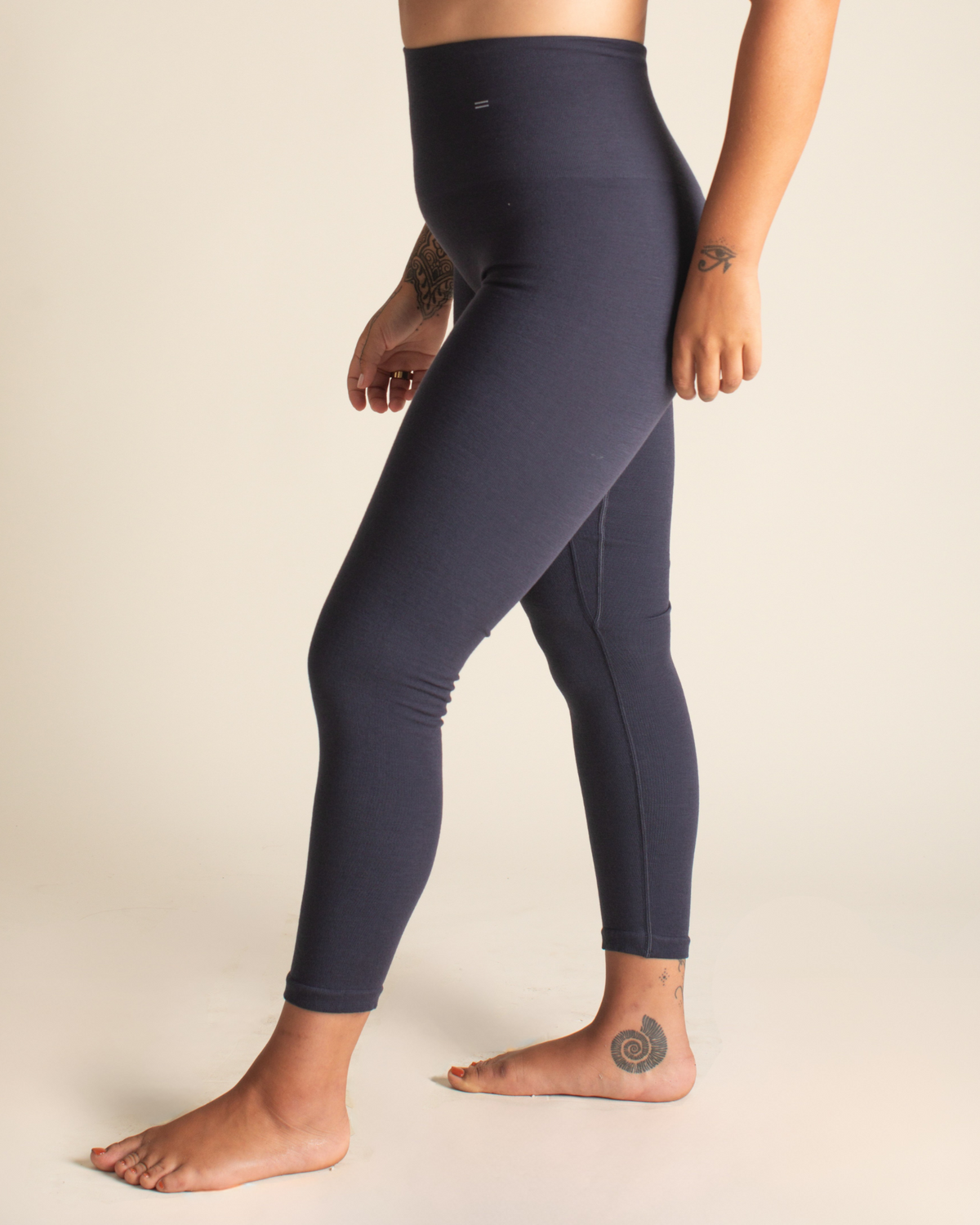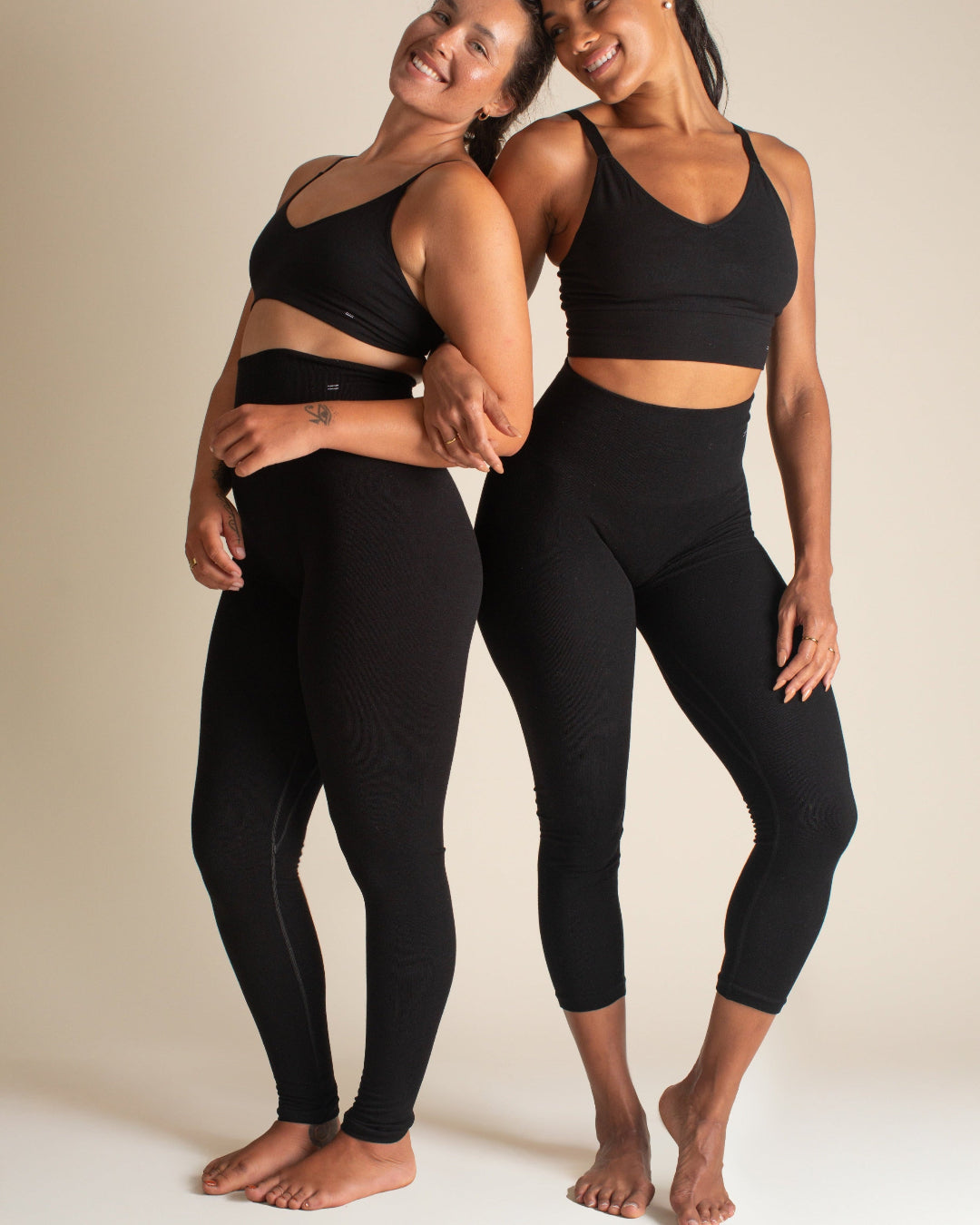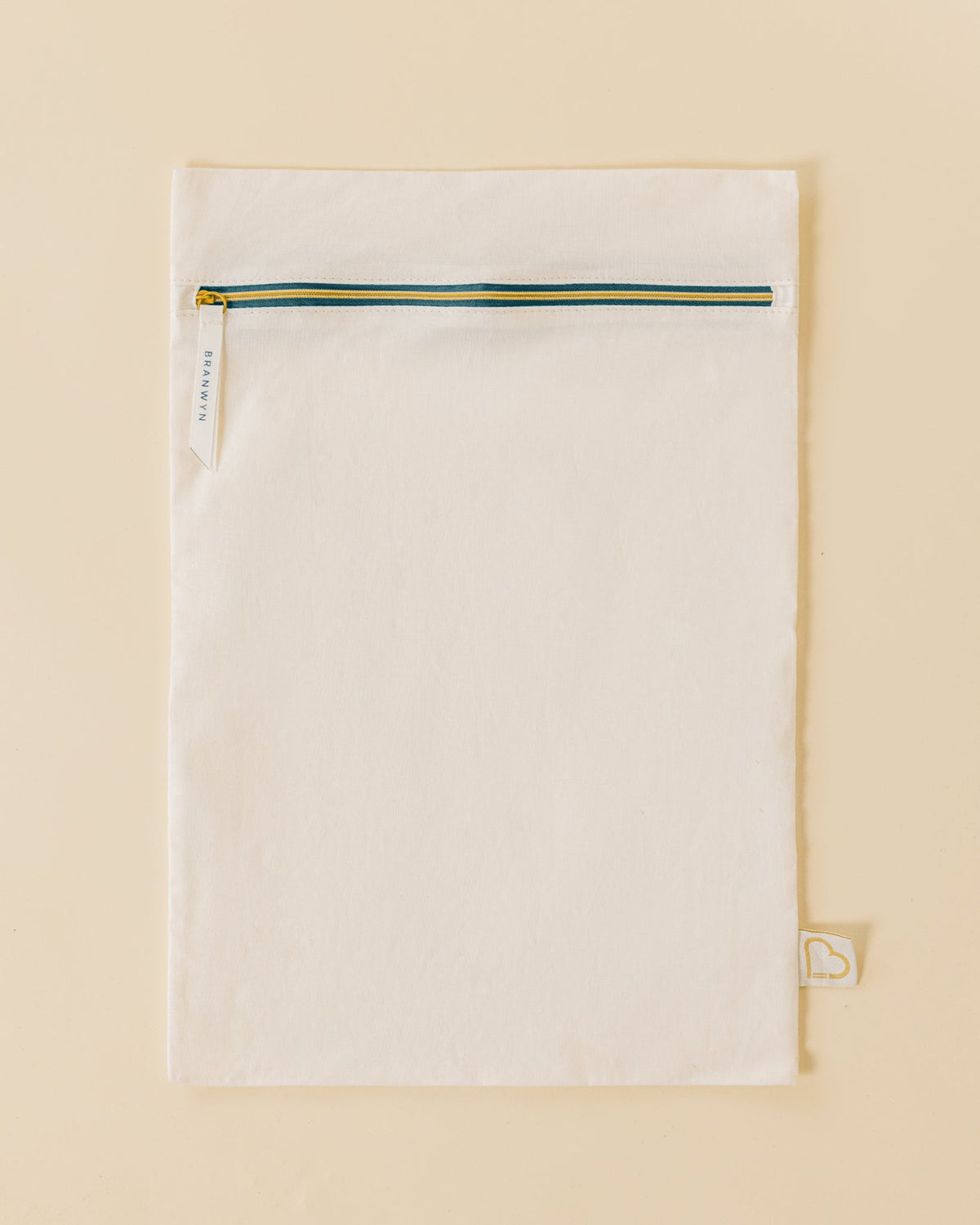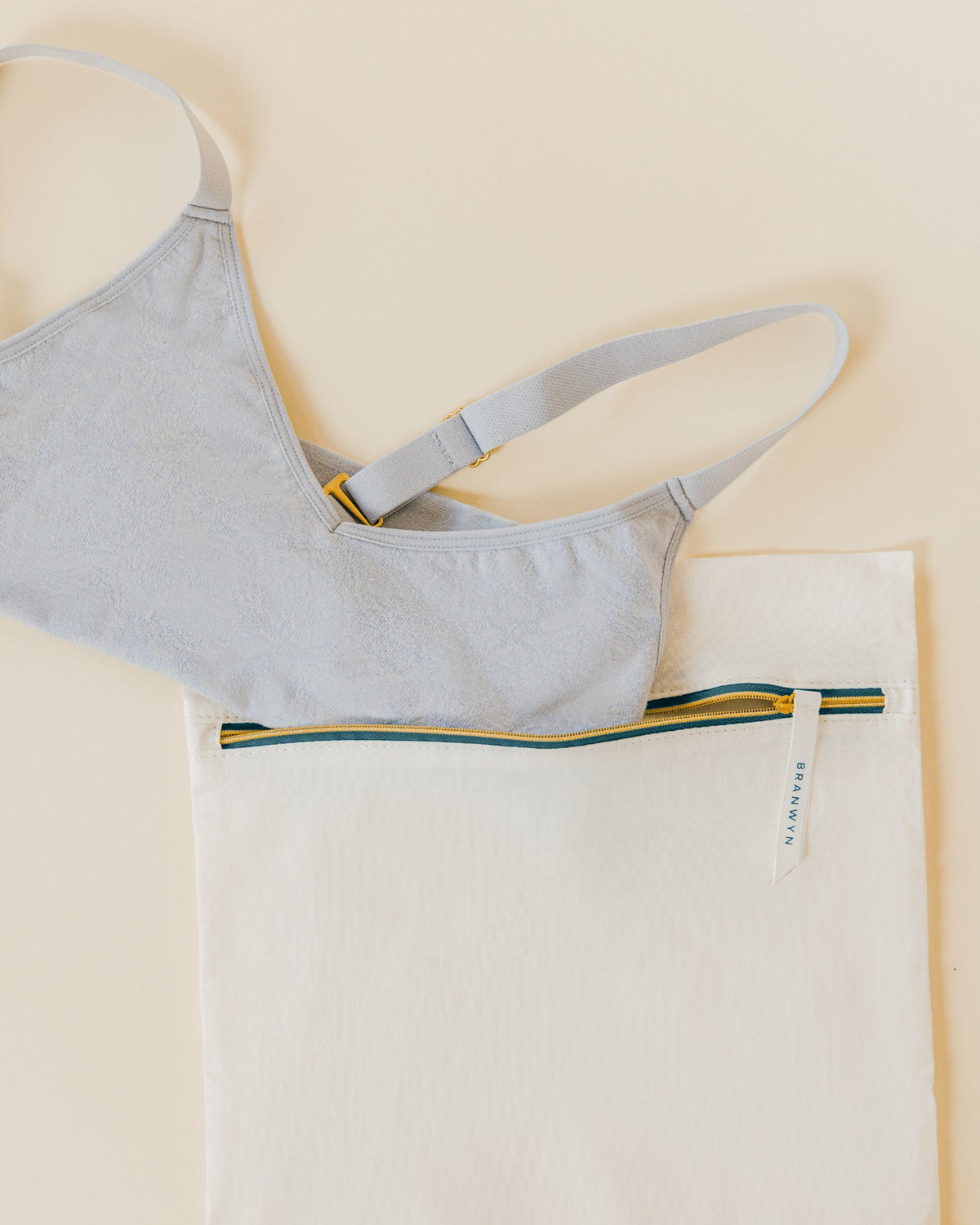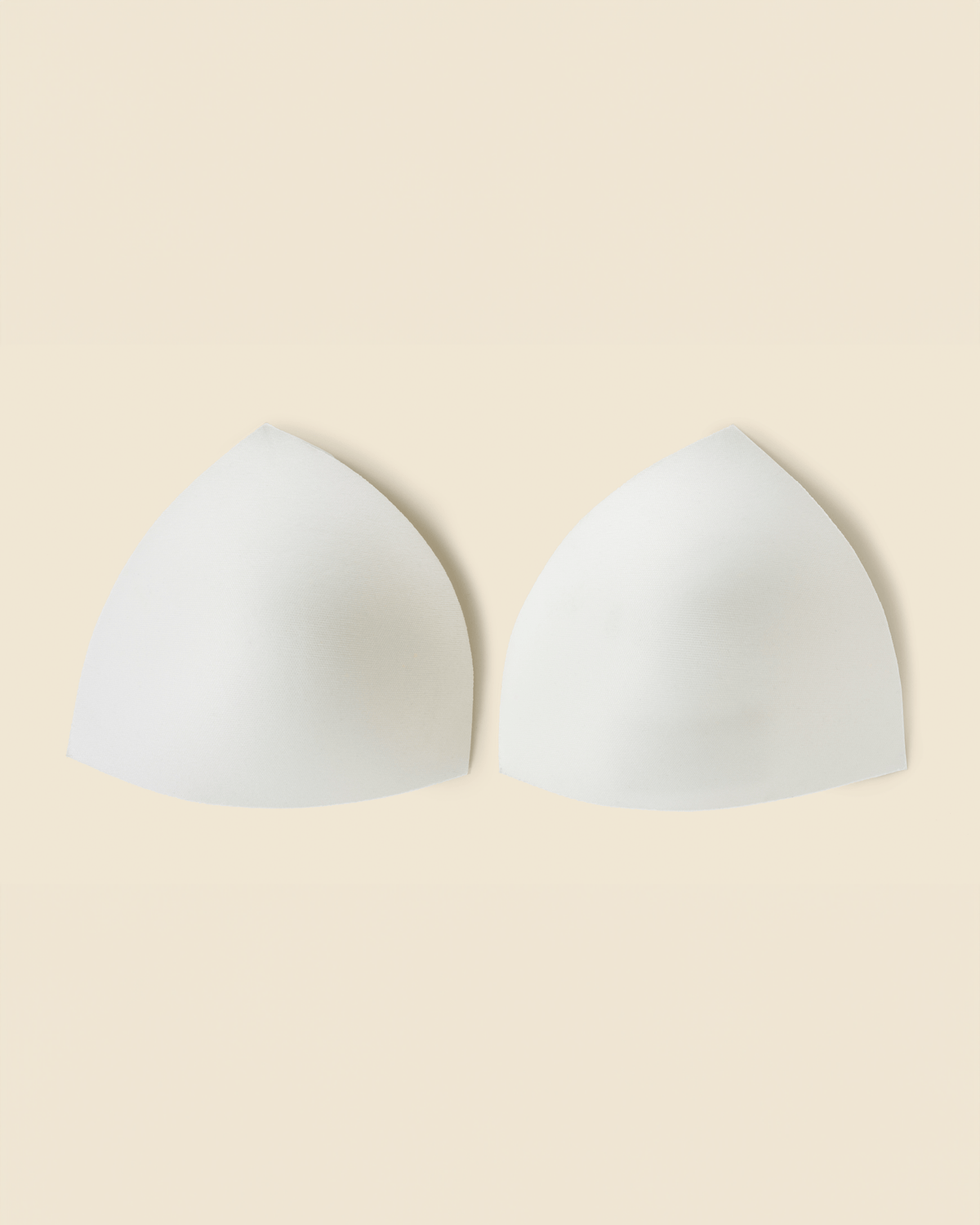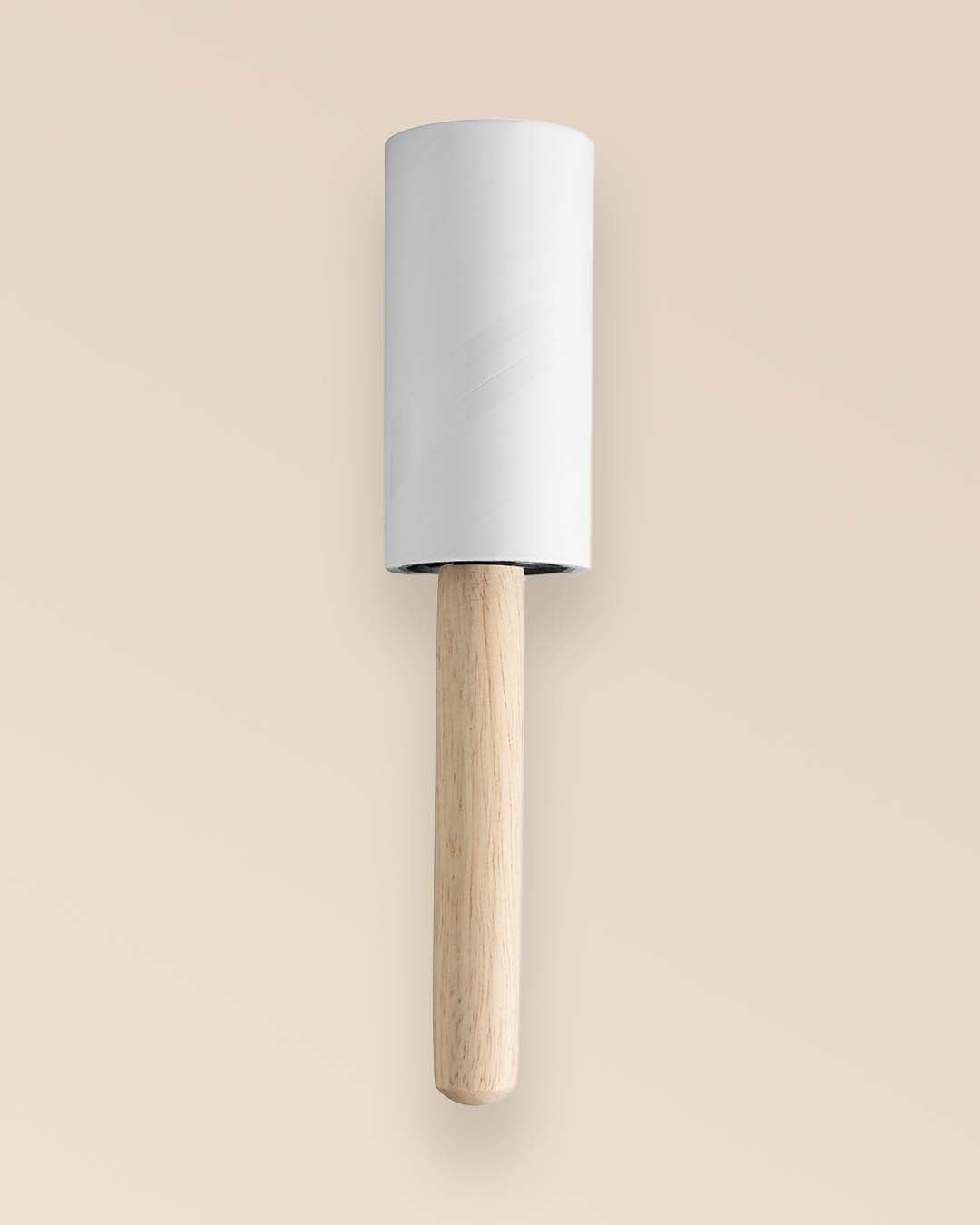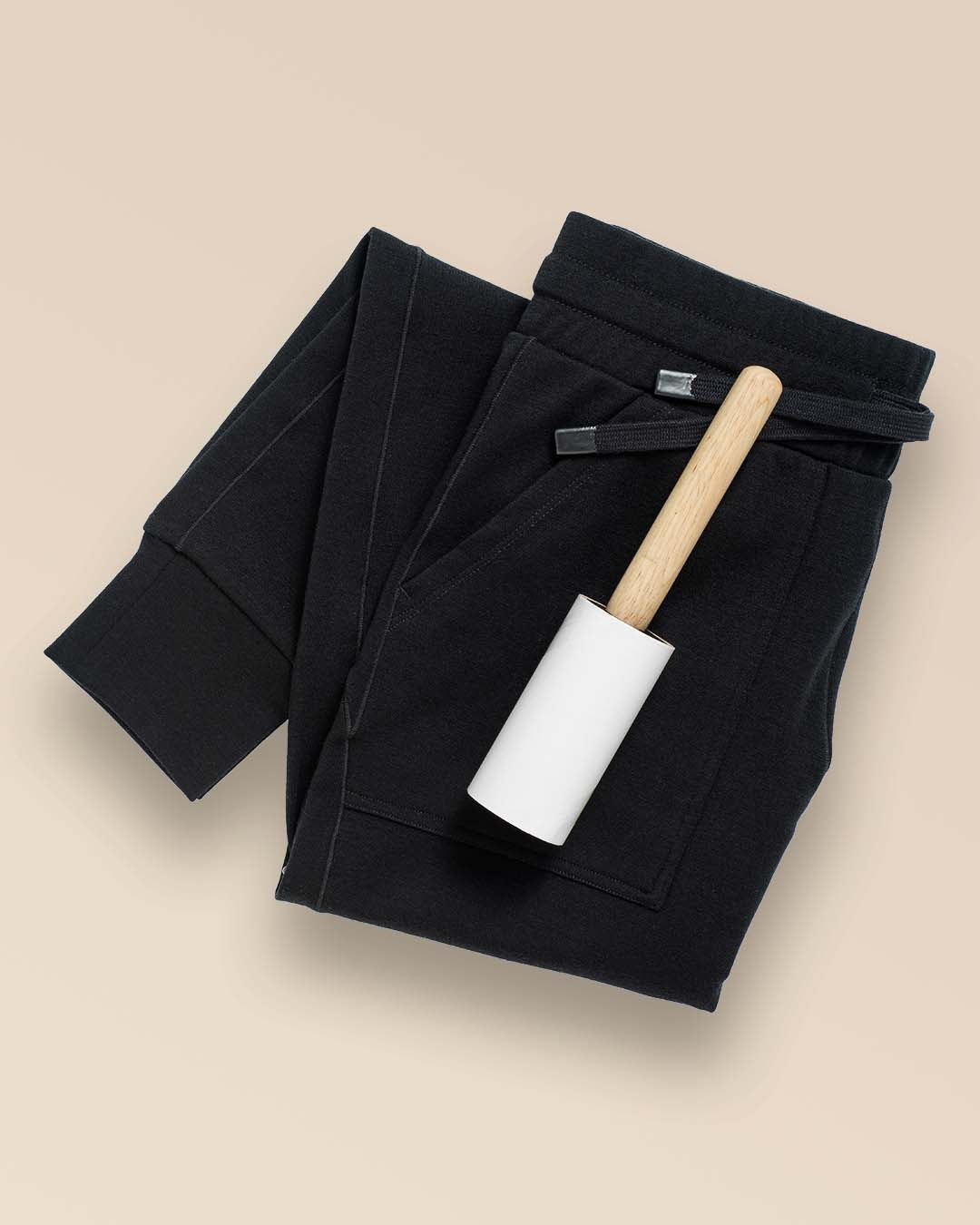You’ve probably heard of BPA in plastic water bottles—but did you know that this dangerous hormone-disrupting chemical could be lurking in your sports bra as well? According to a recent report released by the Center for Environmental Health (CEH), sports bras and other athletic clothing from some of the most widely-worn brands in the world are exposing the wearer to up to 22 times(!) the same legal limit of the chemical bisphenol A, commonly known as “BPA.”
Here’s what you need to know about why this is happening, what it could mean for your health, and why this might be one of the best arguments to switch to gear made from natural fibers, like BRANWYN’s naturally sustainable, sweat-wicking, anti-stink Merino wool.
What is BPA anyway?
While BPA use is widespread, it’s relatively new. The industrial chemical was invented in the 1950s to make certain plastics and resins. BPA is most commonly found in polycarbonate plastics (think plastic food and beverage containers). It doesn’t always occur in all plastic-based fabrics like polyester and spandex—but it’s often added to these fabrics by manufacturers to increase the product lifespan, improve colorfastness, and make clothes more antistatic.
In the recent report, CEH found dangerous levels of BPA in sports bra brands including Athleta, PINK, Asics, The North Face, Brooks, All in Motion, Nike, and FILA. It was also discovered in activewear shirts from The North Face, Brooks, Mizuno, Athleta, New Balance, and Reebok. According to the report, “Defendants will have 60 days to work with CEH to remedy the violations before CEH files a complaint to do so.”

Why is BPA dangerous?
Wondering what the big deal with BPA is anyway? The chemical has been shown to mess with our hormones. Mimicking estrogen, it can disrupt the metabolism, reproduction, and children’s development, too.
Exposure to BPA may be linked with increased blood pressure, type 2 diabetes and cardiovascular disease, according to the Mayo Clinic. And BPA may be especially dangerous for women. One meta-study in The Journal of Xenobiotics found that higher levels of BPA in the female bloodstream were associated with a variety of conditions, including obesity, recurrent miscarriages, polycystic ovarian syndrome (POCS), and endometrial hyperplasia (a precancerous condition affecting the uterine lining).
In the report, Dr. Jimena Díaz Leiva, Science Director at CEH said, “Even low levels of exposure during pregnancy have been associated with a variety of health problems in offspring. These problems include abnormal development of the mammary glands and ovaries that can increase the likelihood of developing breast or ovarian cancer later in life. These effects occur even at low levels of exposure like those seen in people today.”
How dangerous is wearing clothing with high levels of BPA?
Because BPA is so new and research continues to emerge, it’s tough to quantify the threat of wearing clothing with BPA—however, we do know that BPA can leach through the skin. Kaya Allan Sugerman, Illegal Toxic Threats Program Director at CEH was quoted as saying “Studies have shown that BPA can be absorbed through skin and end up in the bloodstream after handling receipt paper for seconds or a few minutes at a time. Sports bras and athletic shirts are worn for hours at a time, and you are meant to sweat in them, so it is concerning to be finding such high levels of BPA in our clothing.”
Something else to consider: A 2019 study in Environmental Science and Technology found that BPA could be transferred in a load of laundry. If you have clothes that contain BPA (like some athletic wear made with plastics), it’s possible to disperse this chemical to all the other clothes in the wash…not great.

The natural fiber solution
If you’re concerned about BPA, experts recommend limiting your exposure to the chemical. For food products, this might mean focusing on fresh foods rather than canned, bottled, and processed choices. The same goes for clothes. Natural, non-synthetic fibers are the “fresh foods” solution for apparel. These can be anything from linen and cotton to cashmere and camel hair, and merino wool for performance applications.
When it comes to athletic apparel, Merino wool can’t be beaten. This totally natural fiber comes from Merino sheep, which live in starkly cold and hot conditions. Over millennia, they’ve adapted to create a wool coat that keeps you cool when it’s hot outside, and warm when it’s cold while moving sweat away from your body so you stay dry. Plus, the natural antimicrobial factors prevent smells from escaping. Want to make the switch? Try our BPA and PFA free Merino wool Essential Bralette or Busty Bra or Essential Racerback Sports Bra— perfect for activities like yoga, hiking, rock climbing, cycling, and whatever else your sweaty self loves to do.







